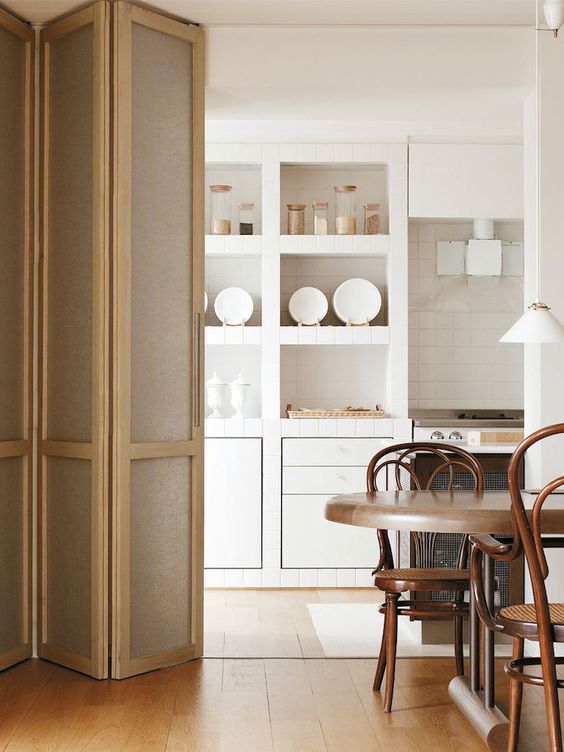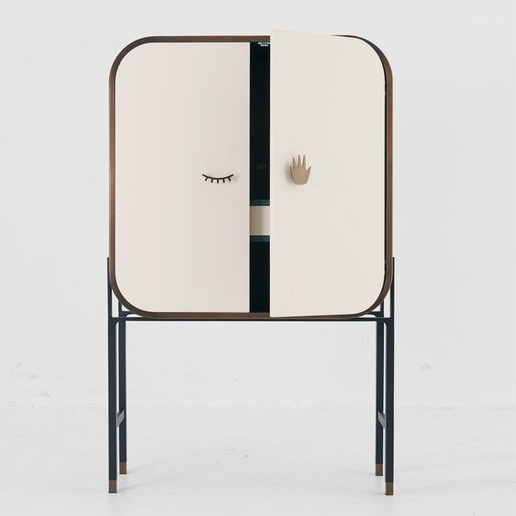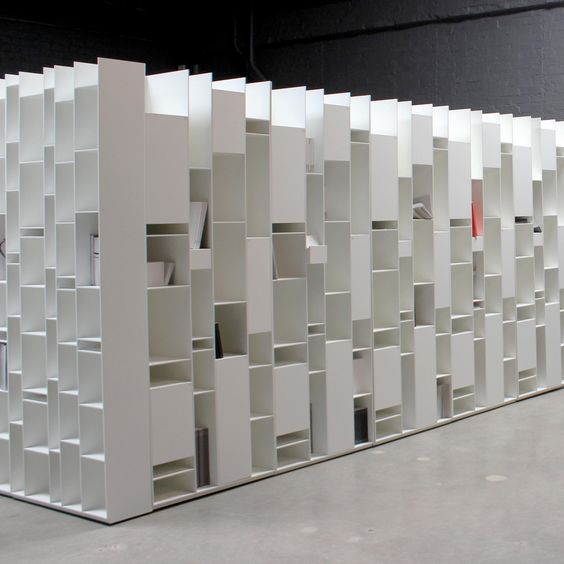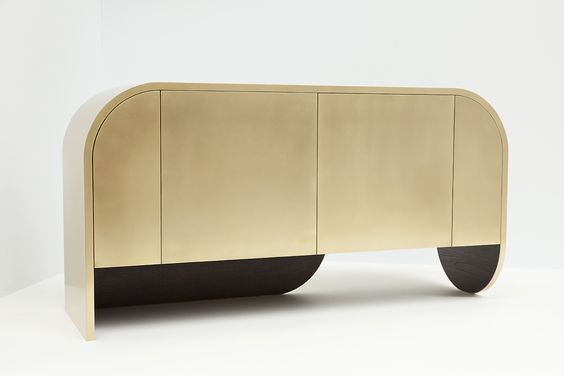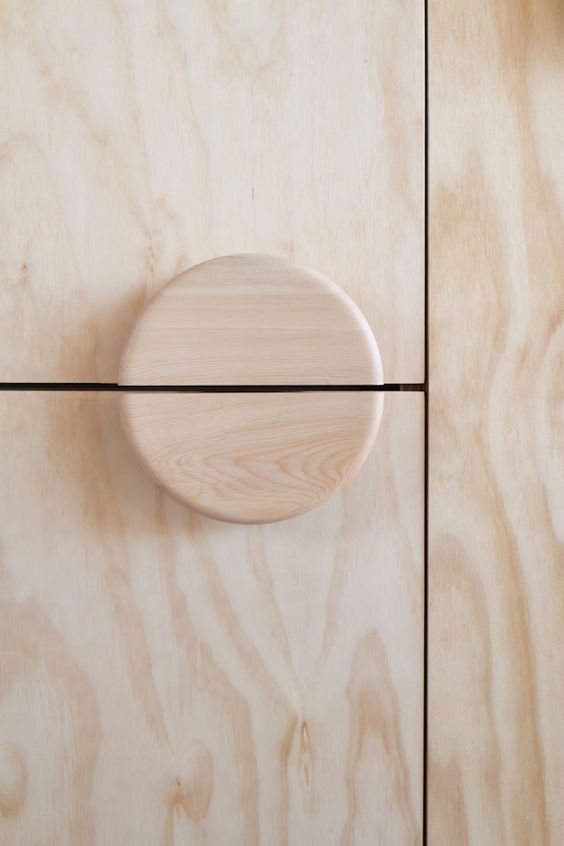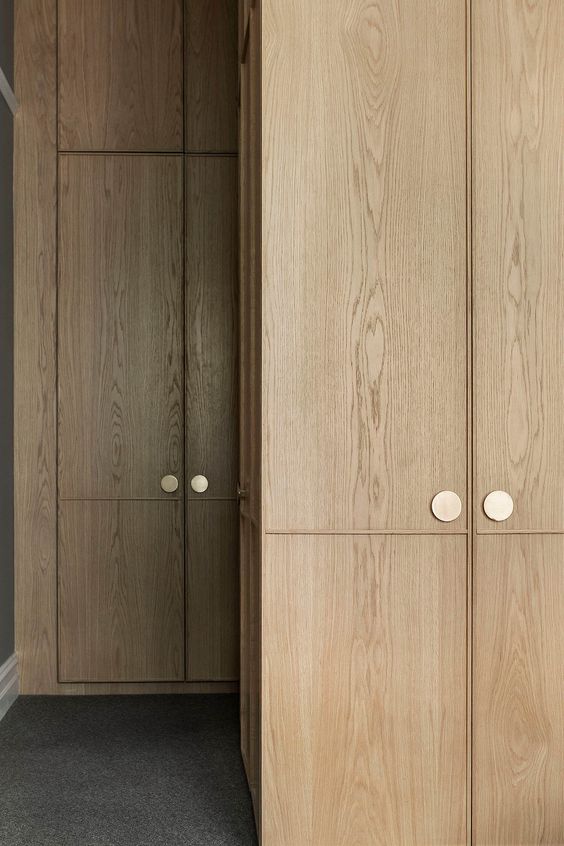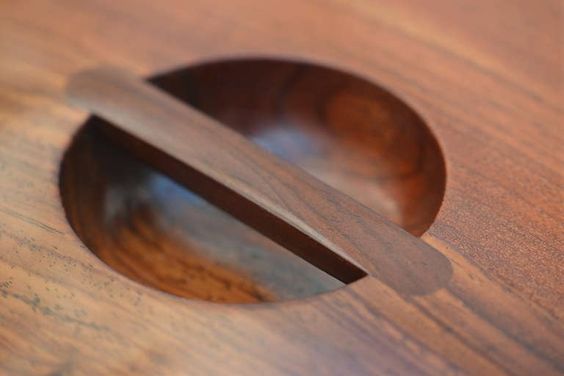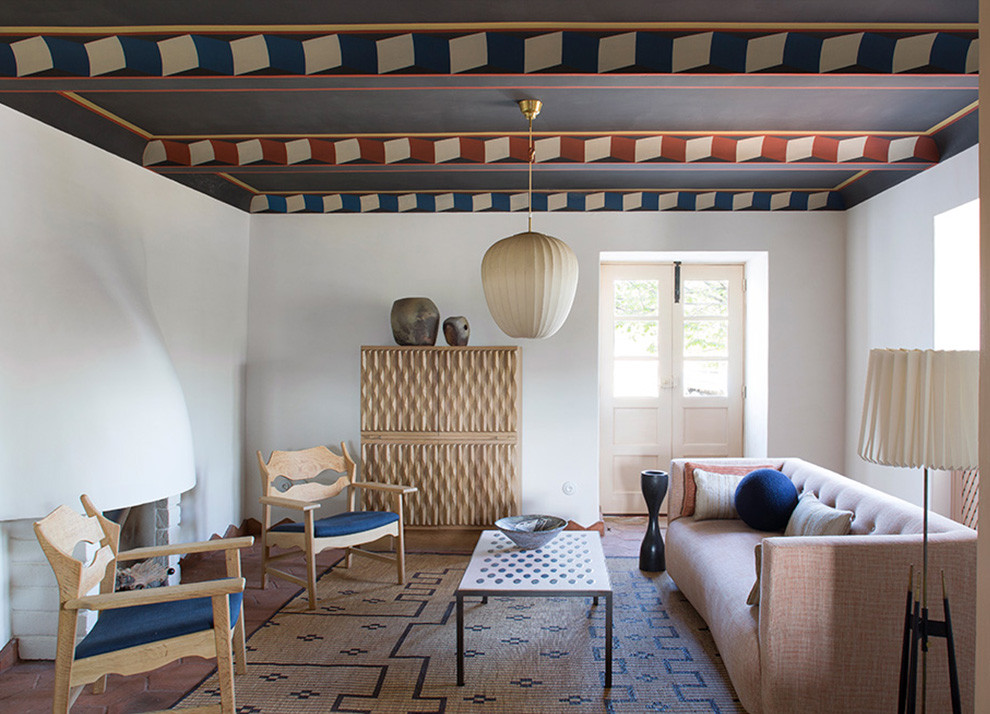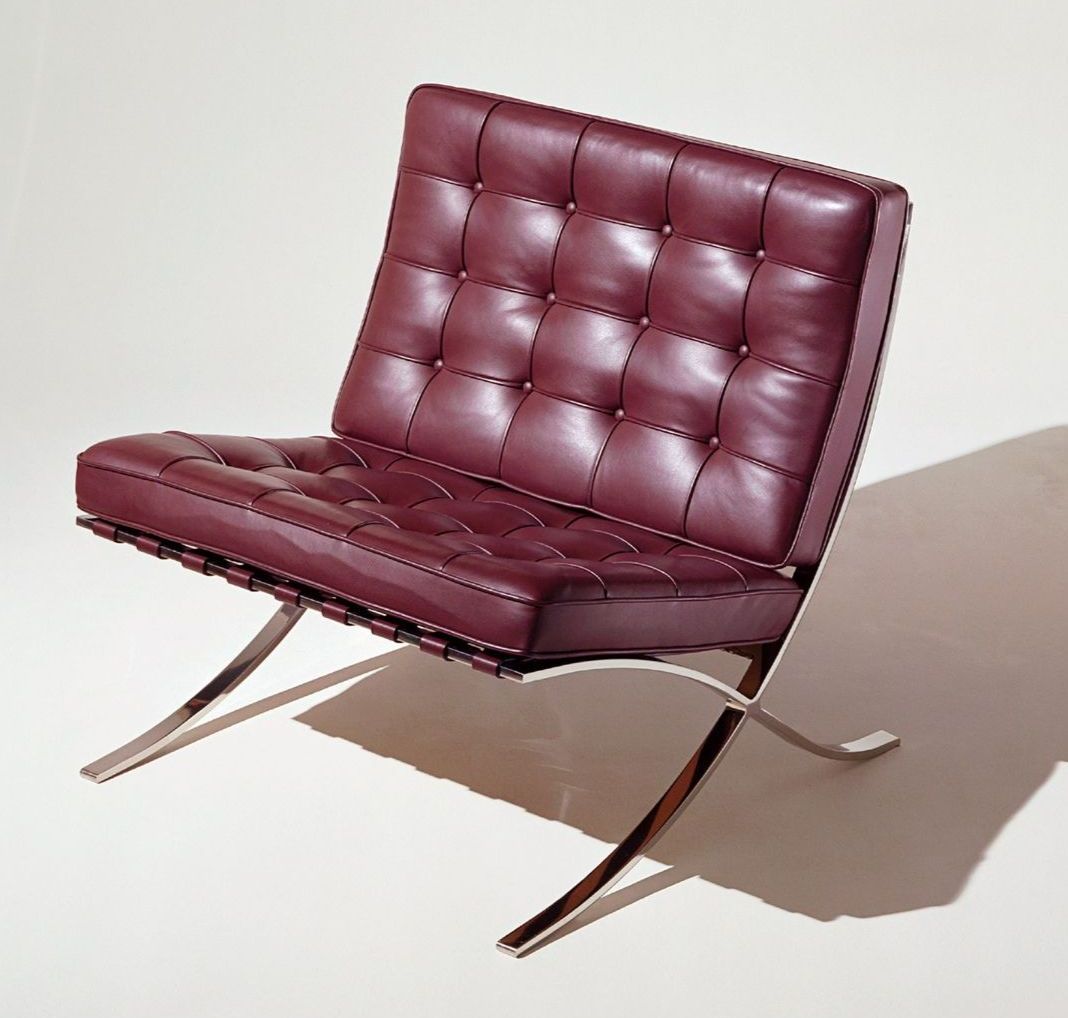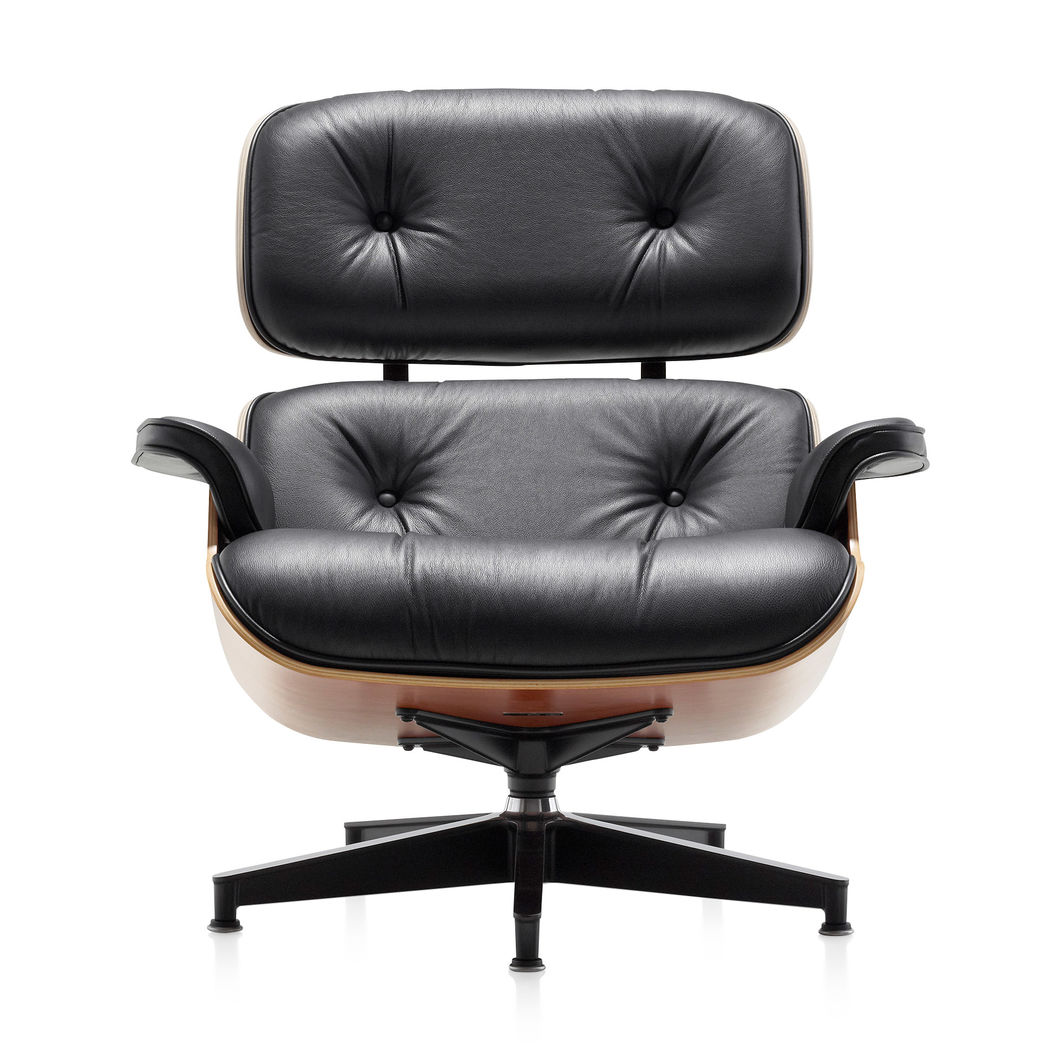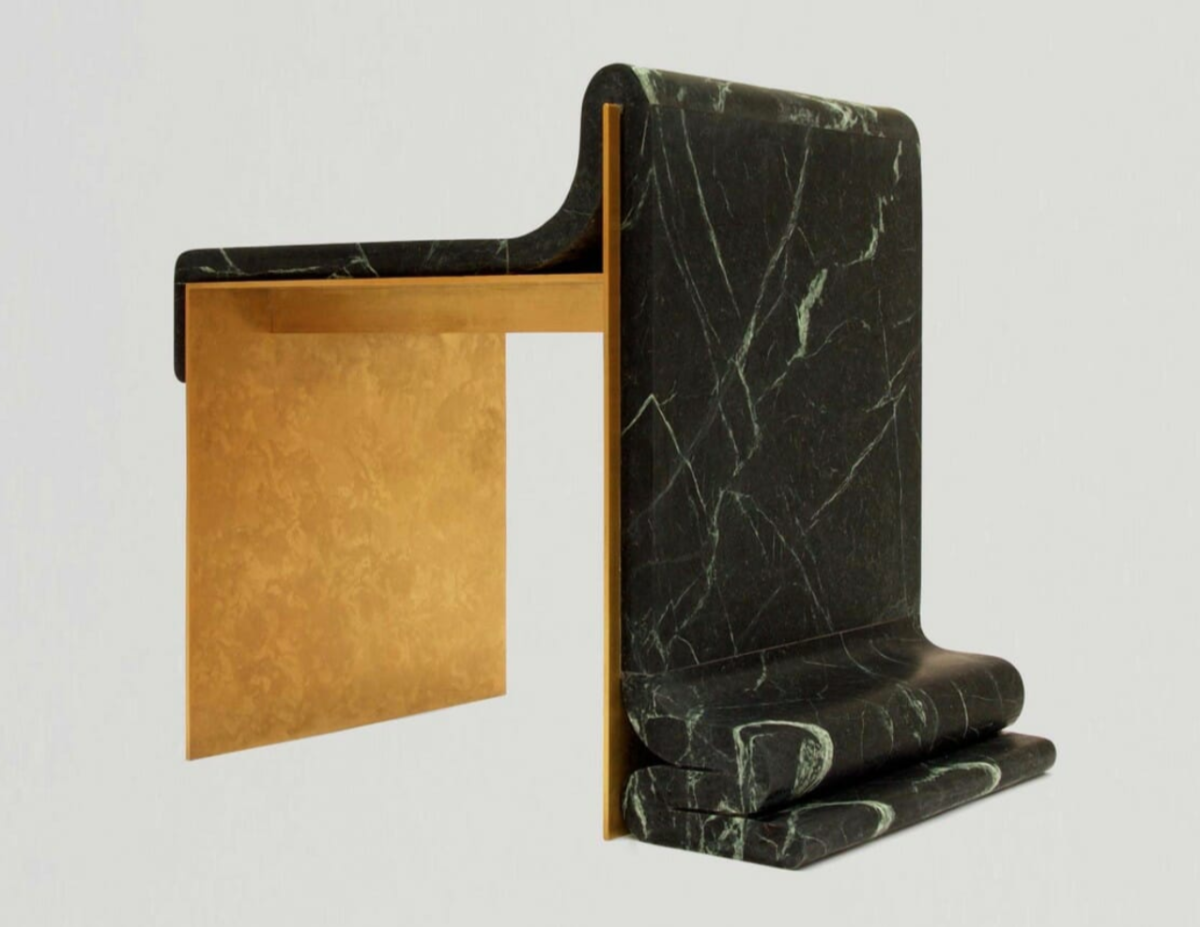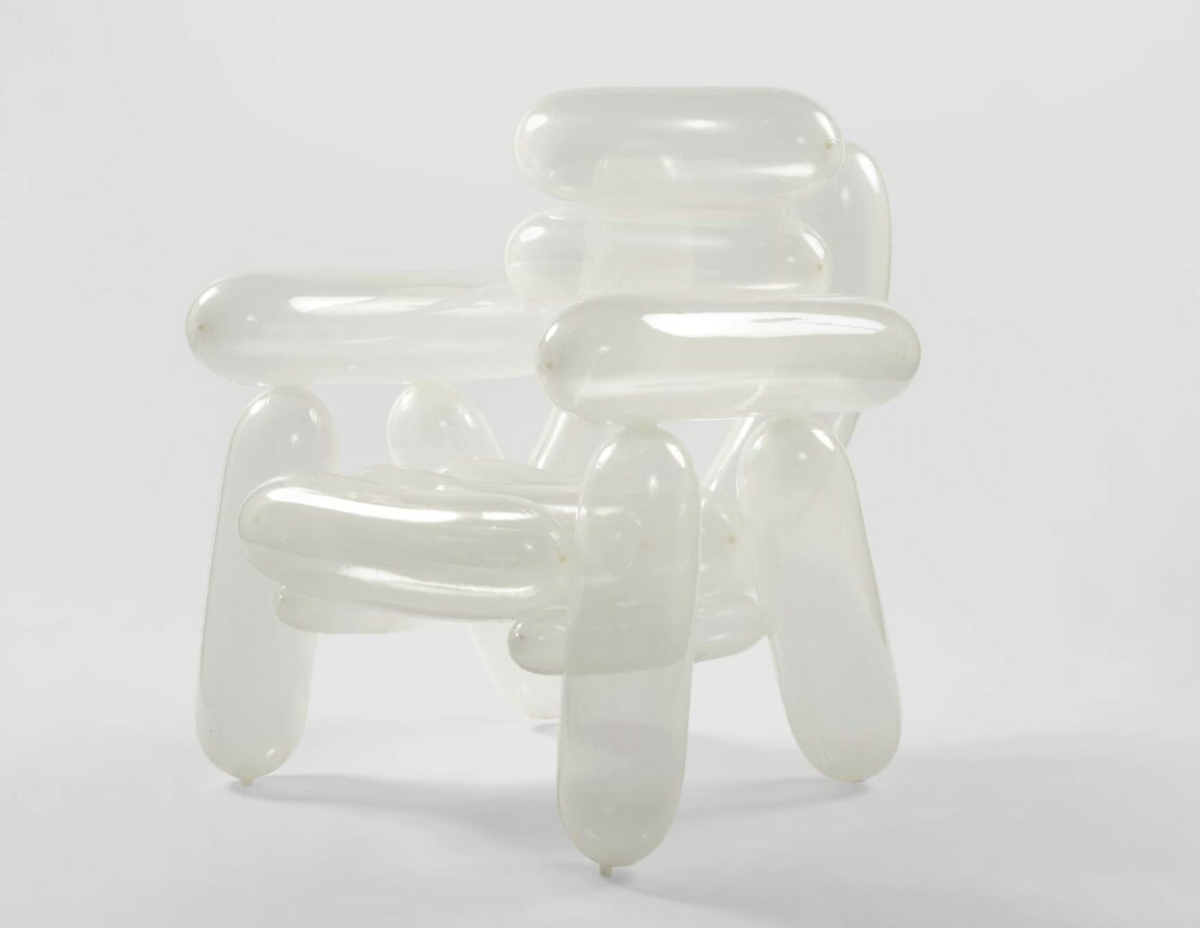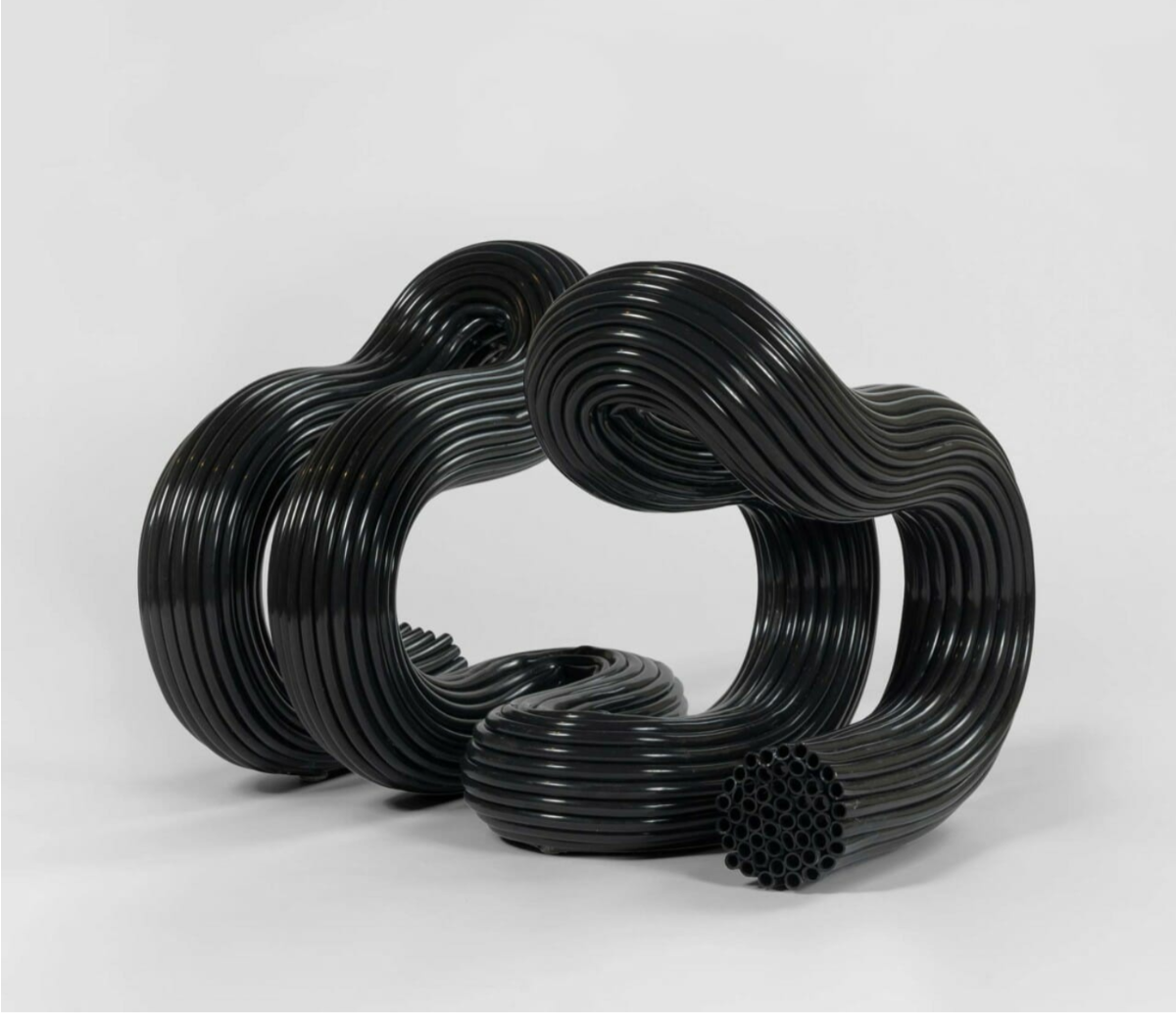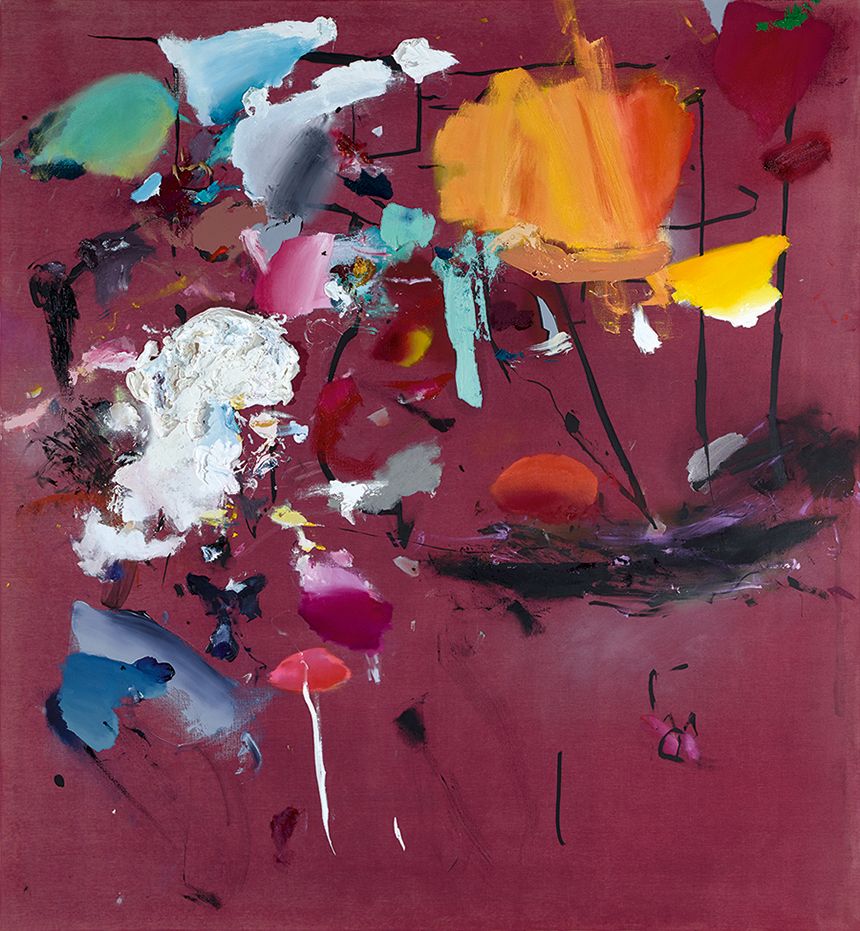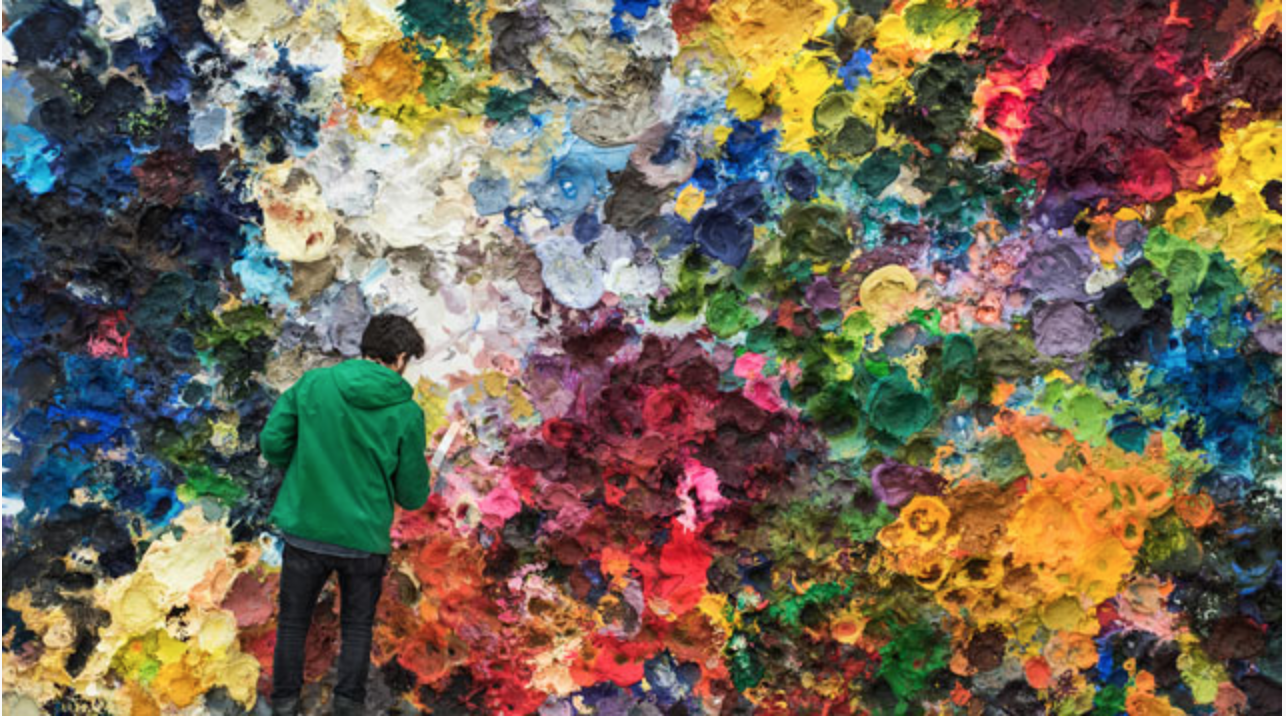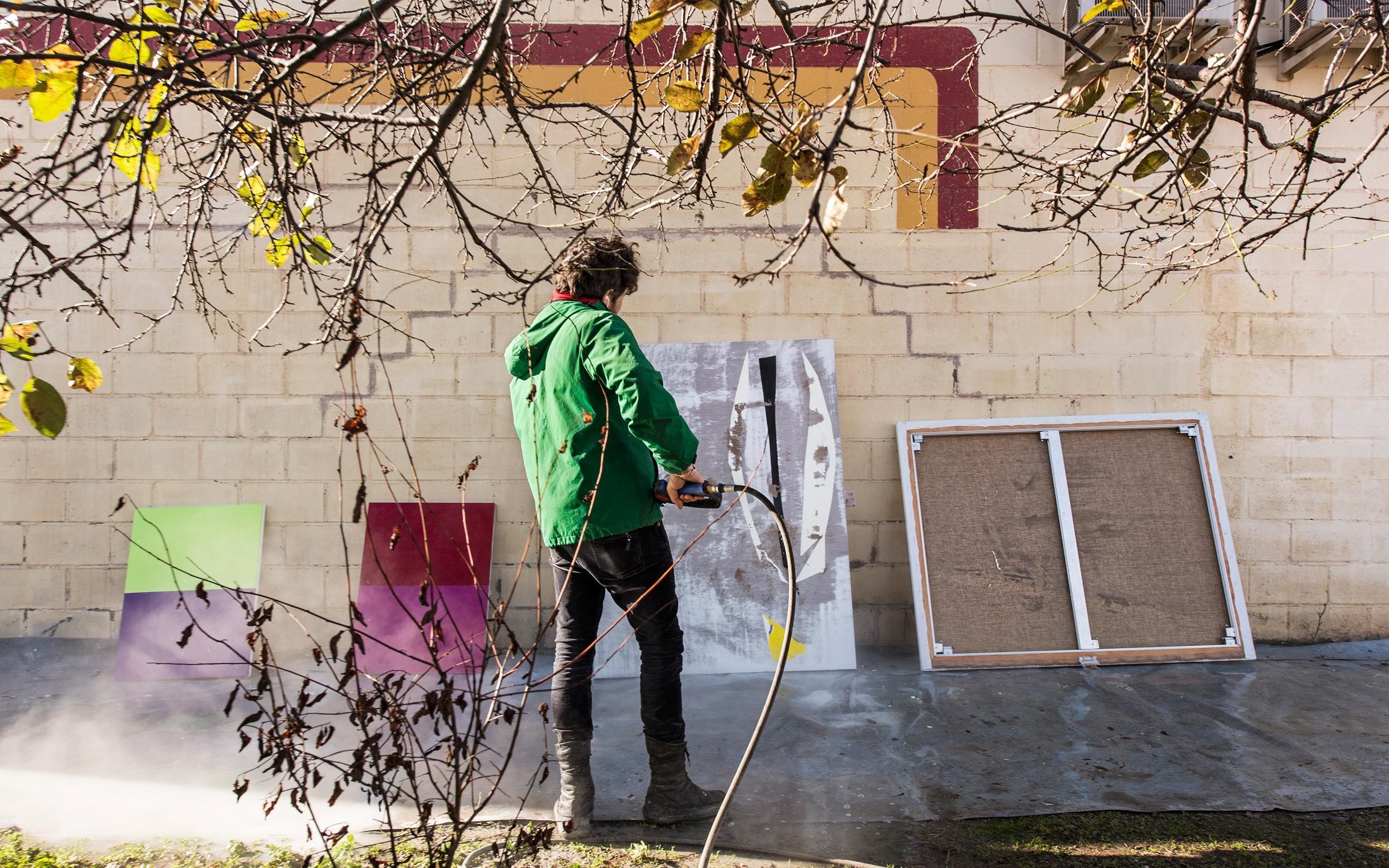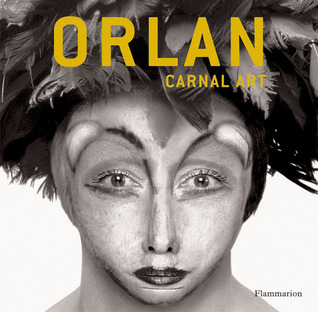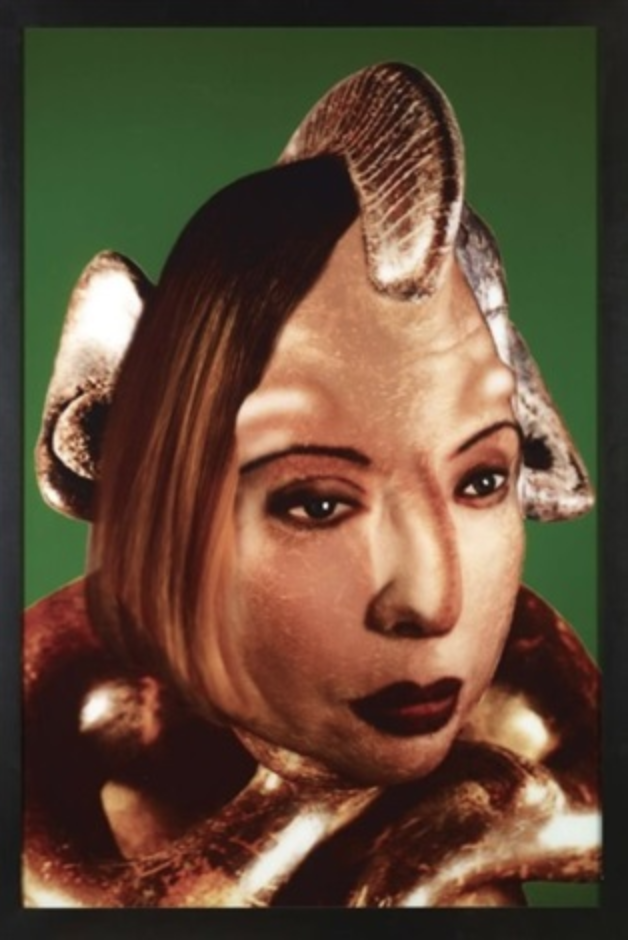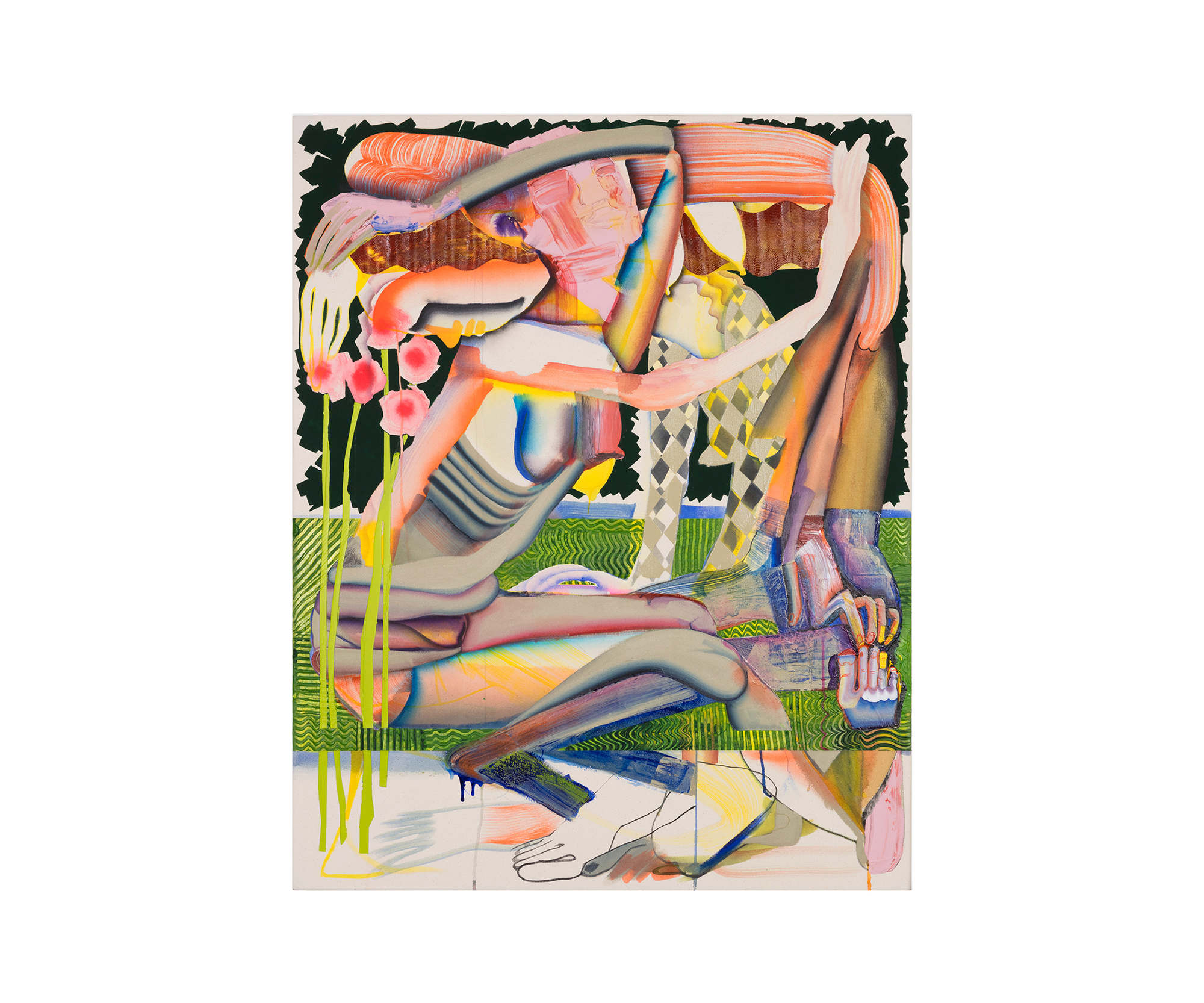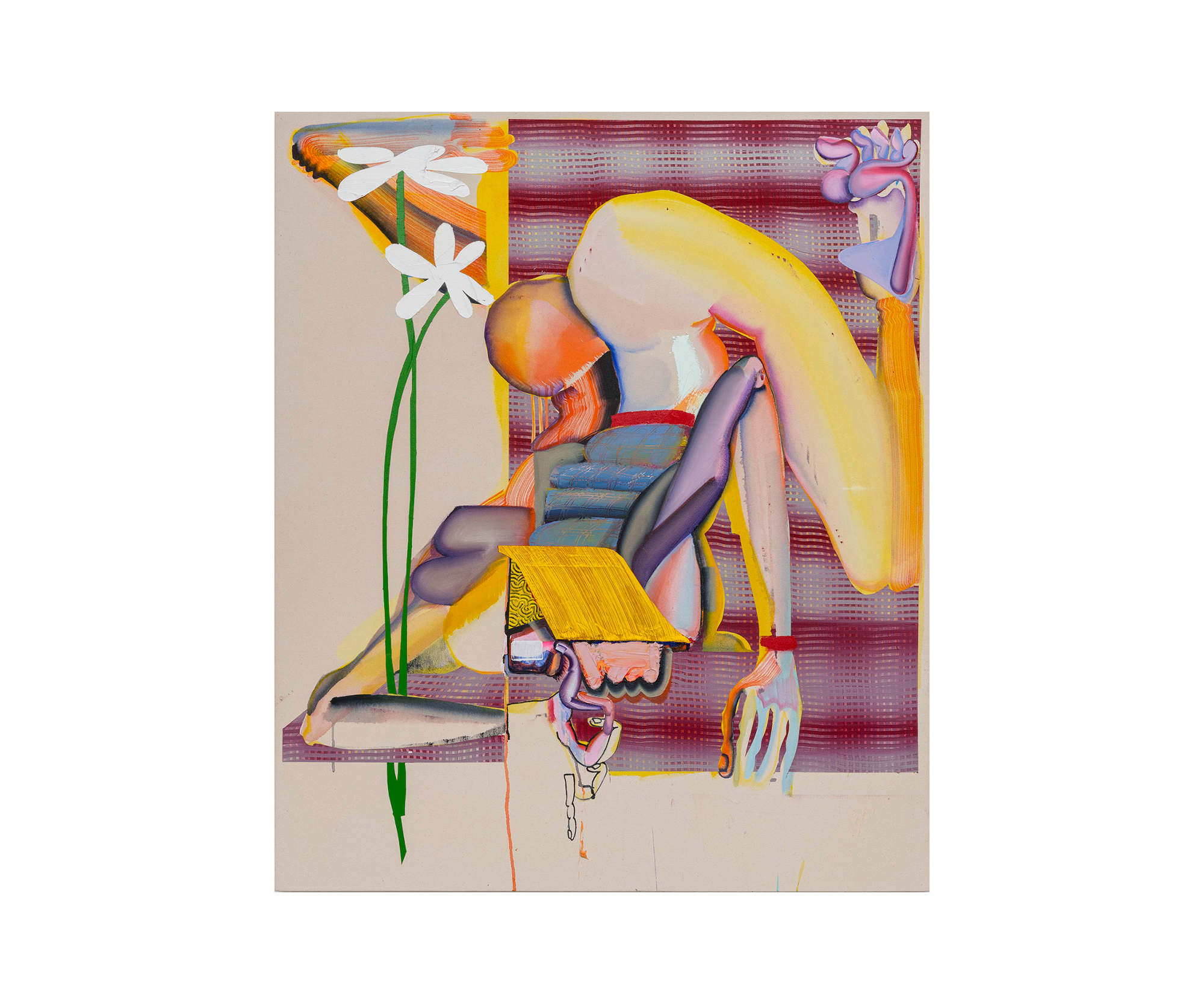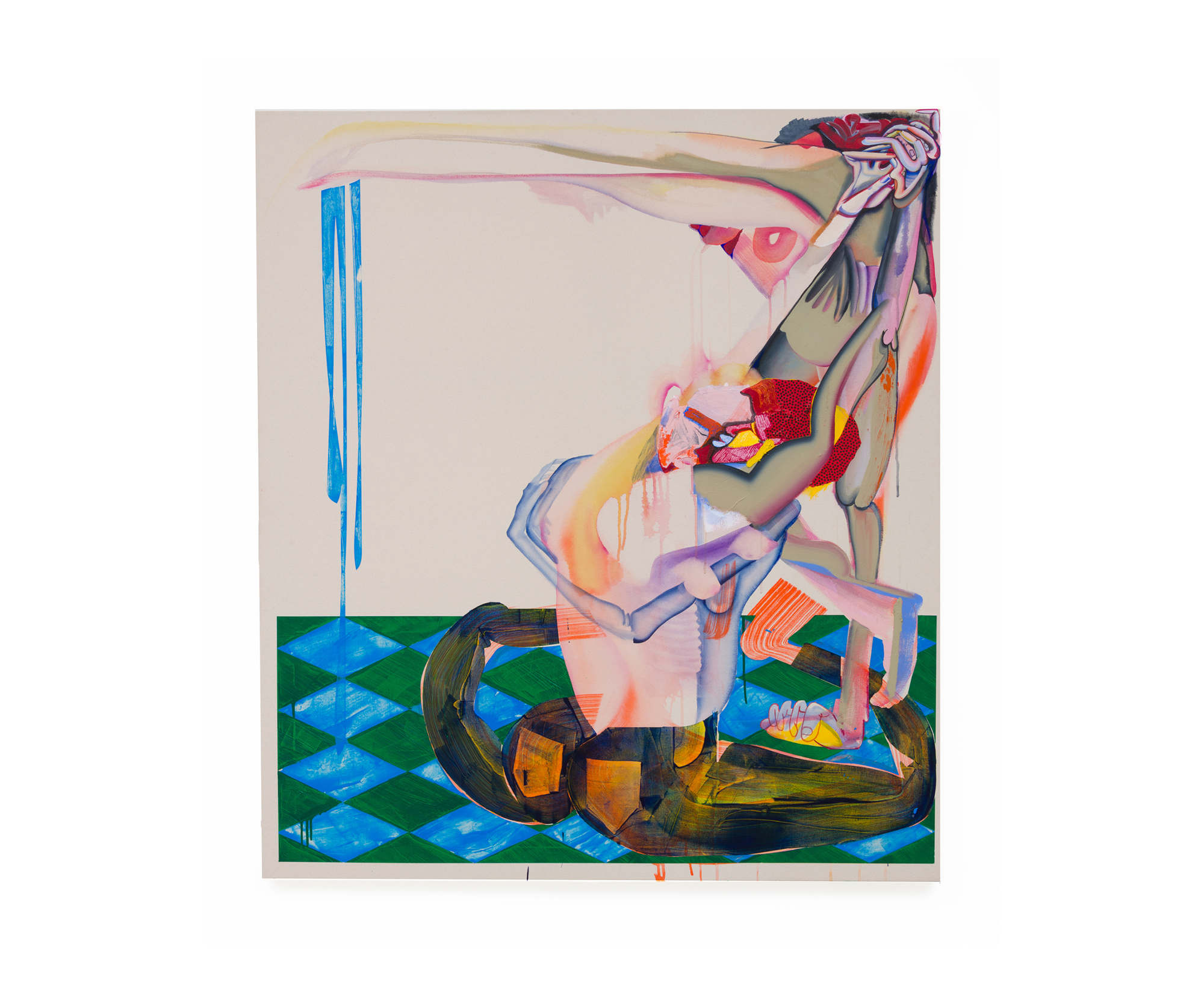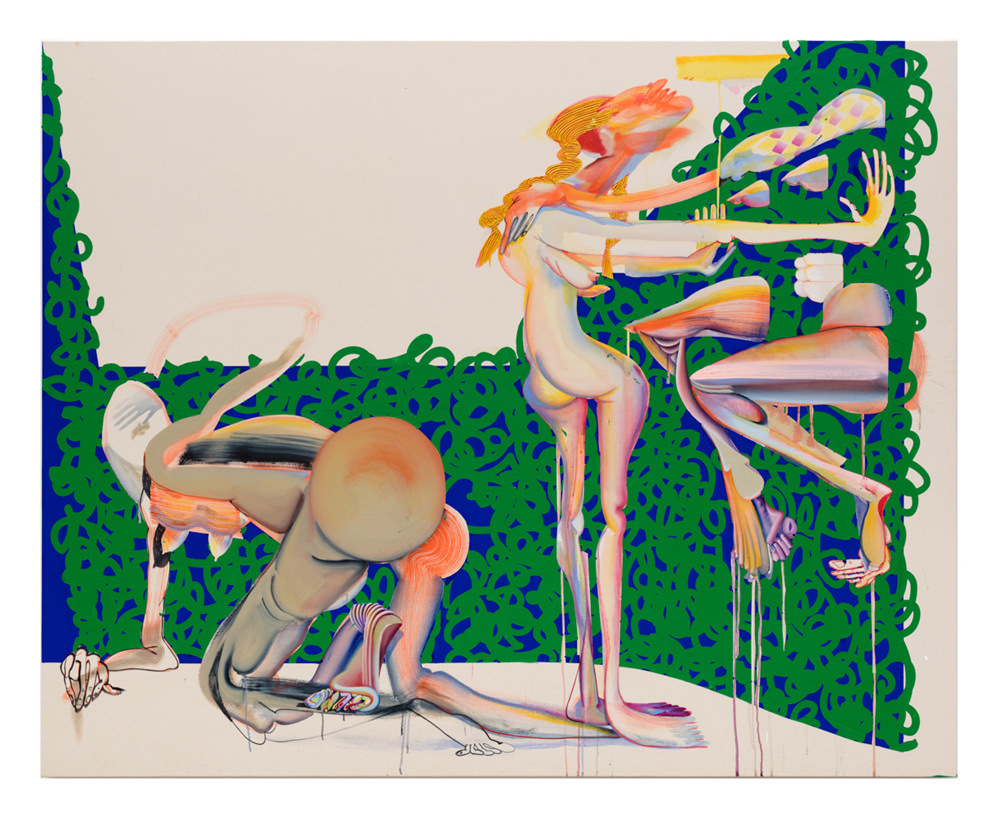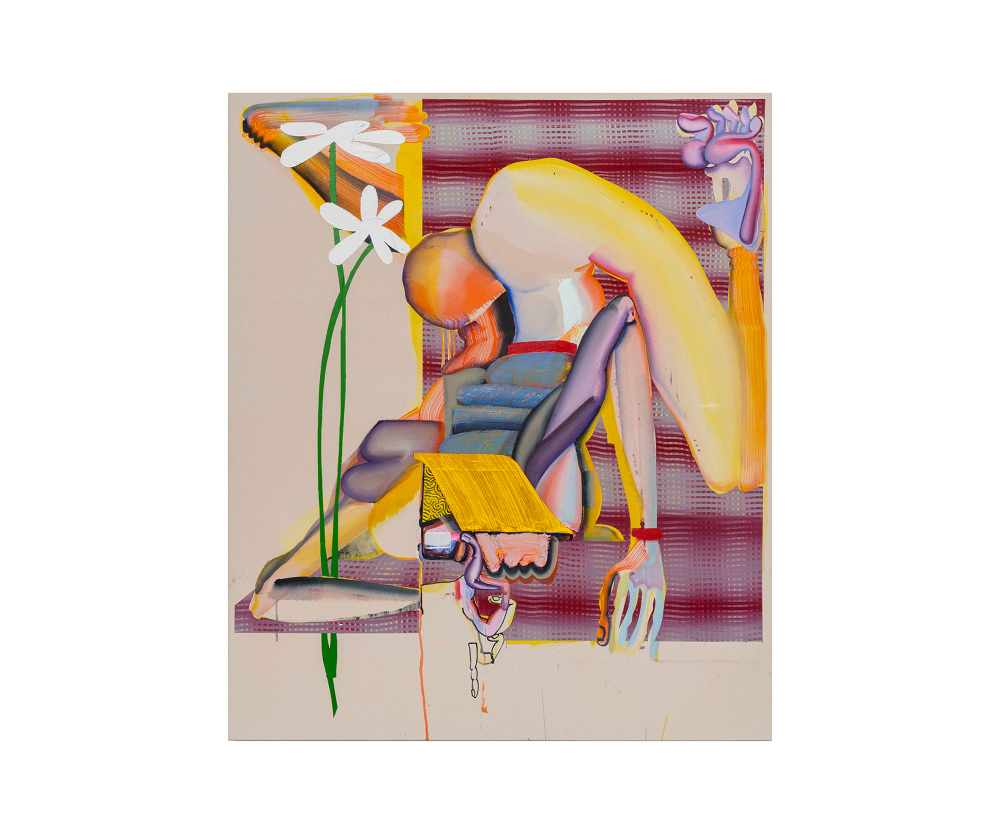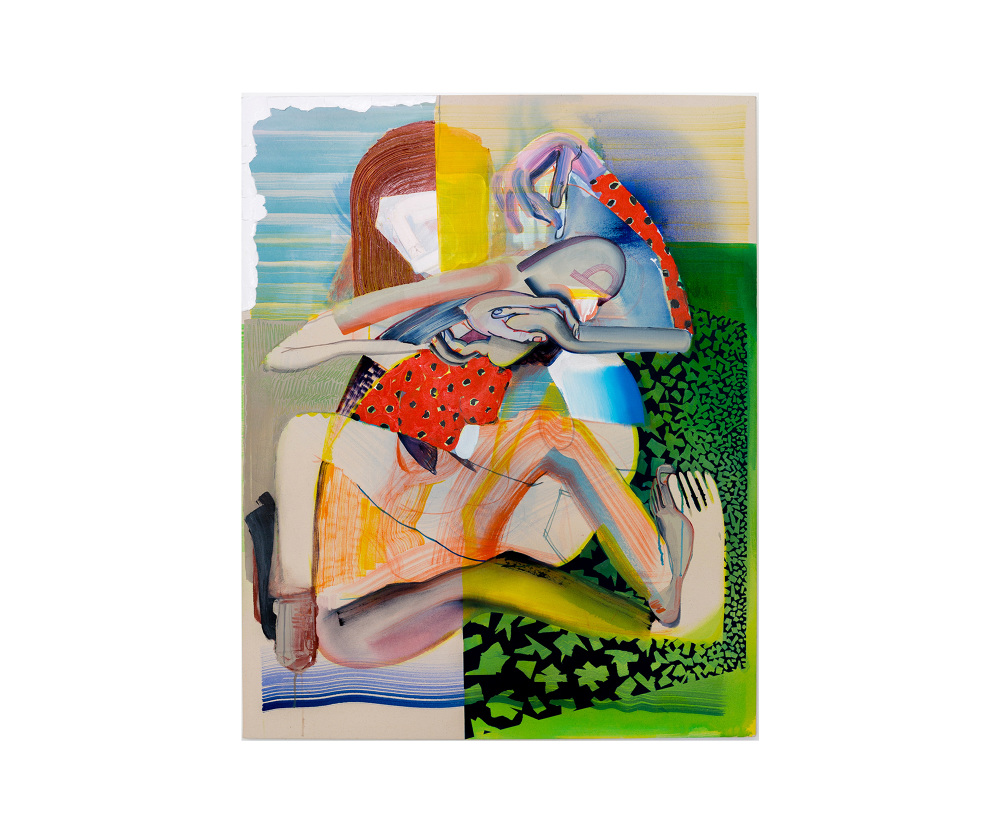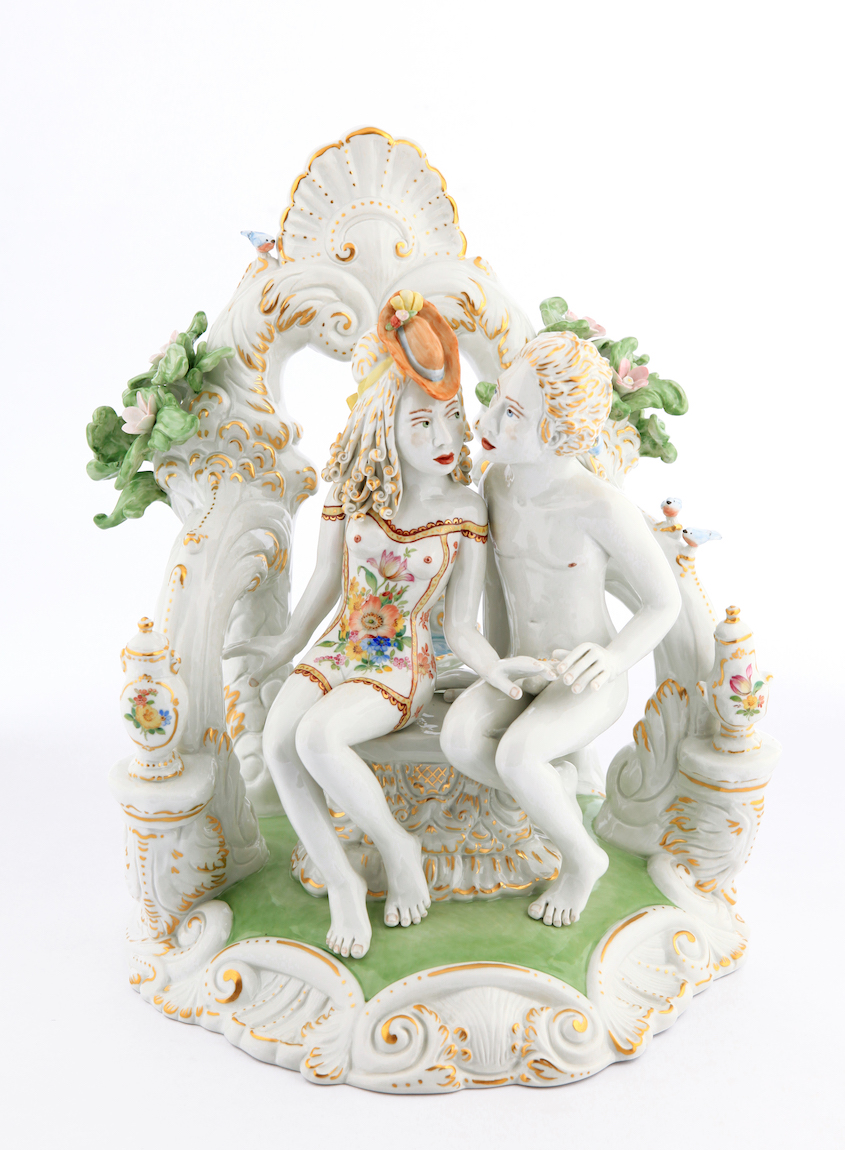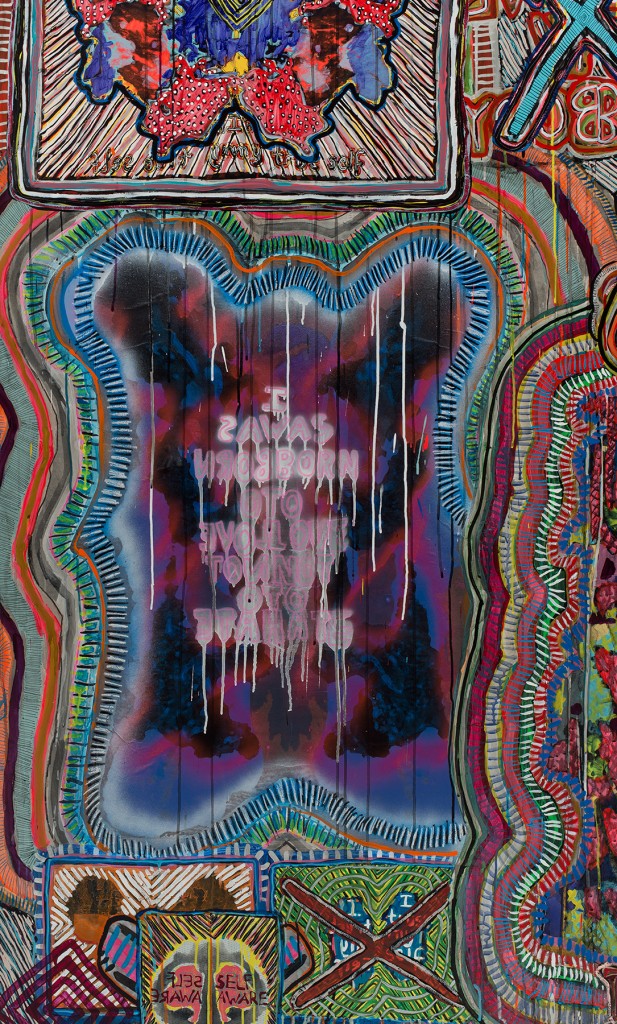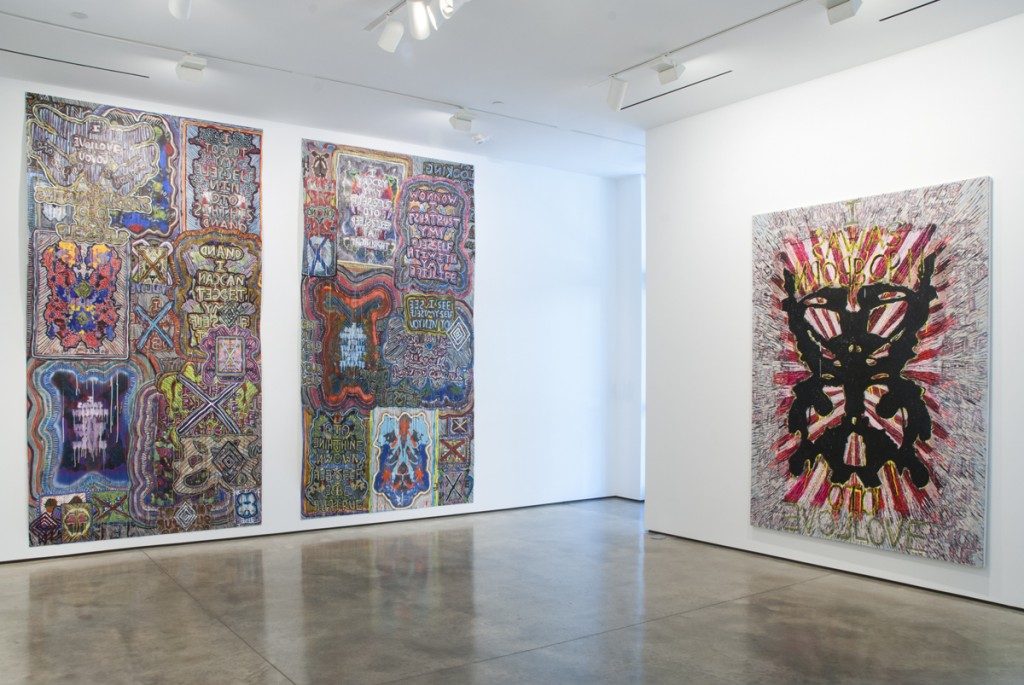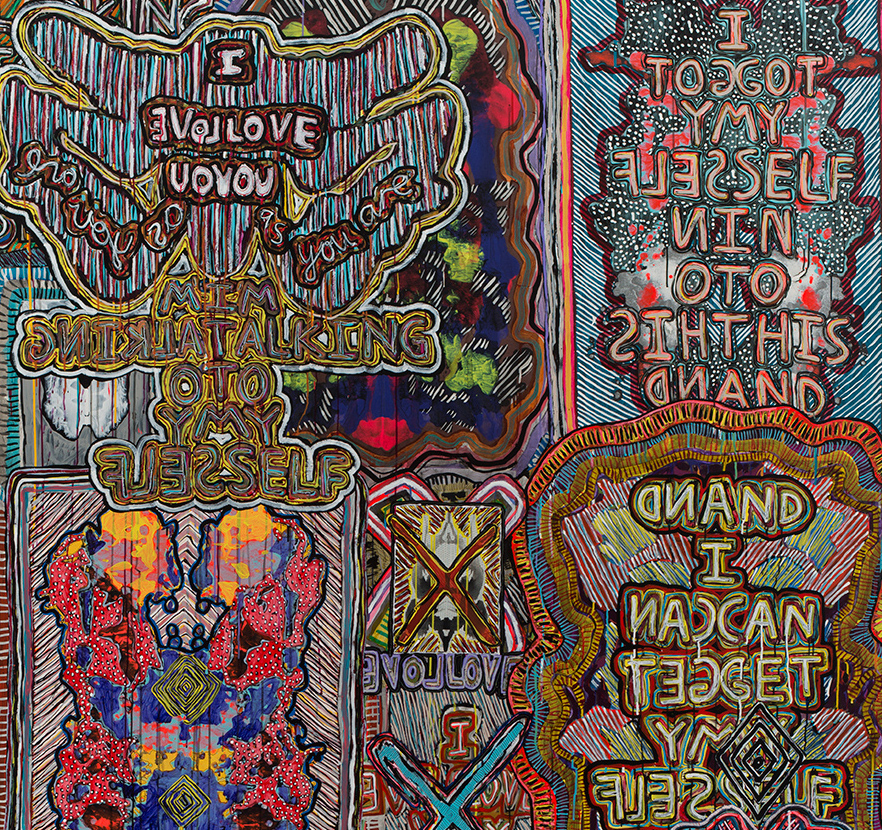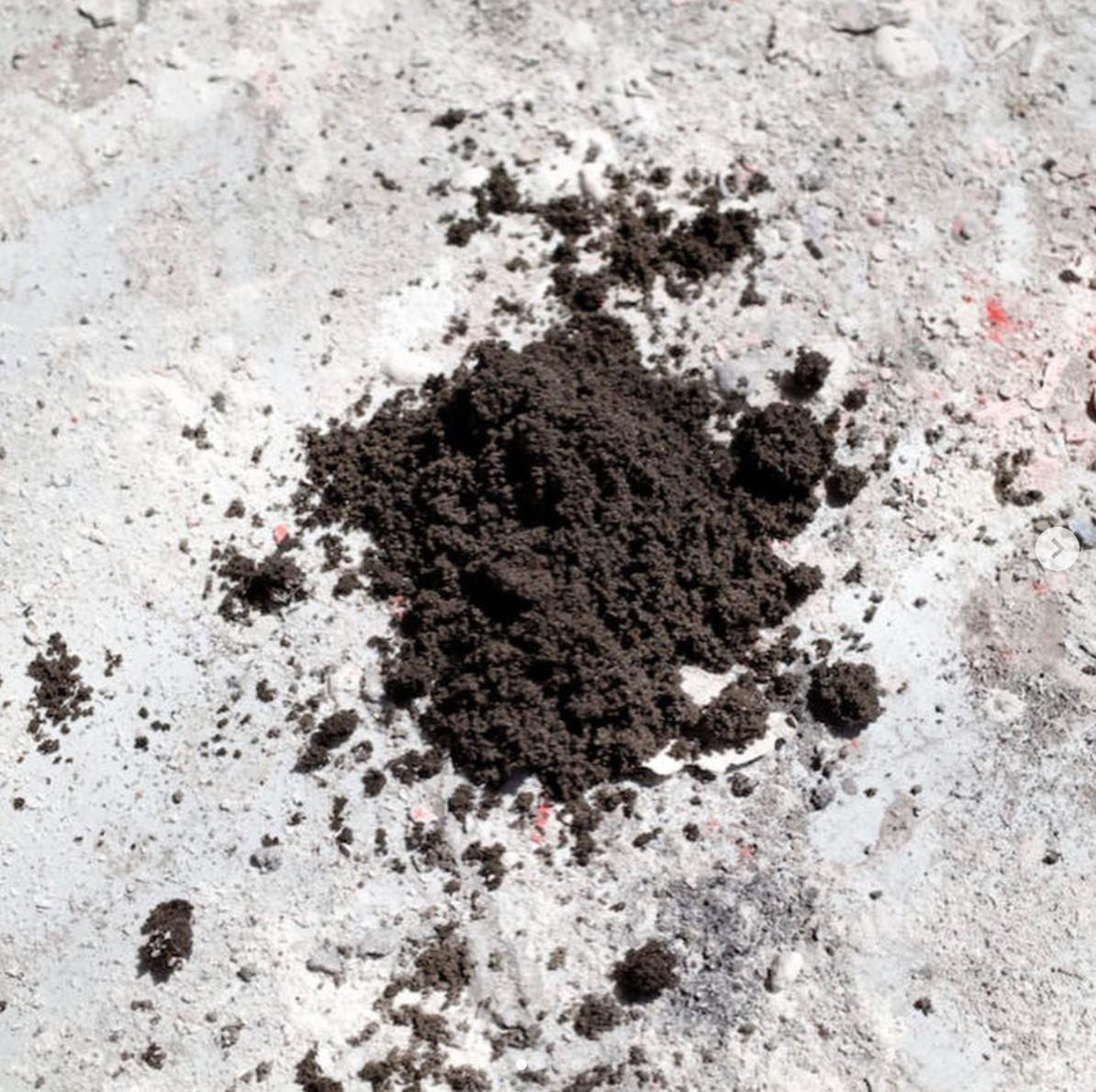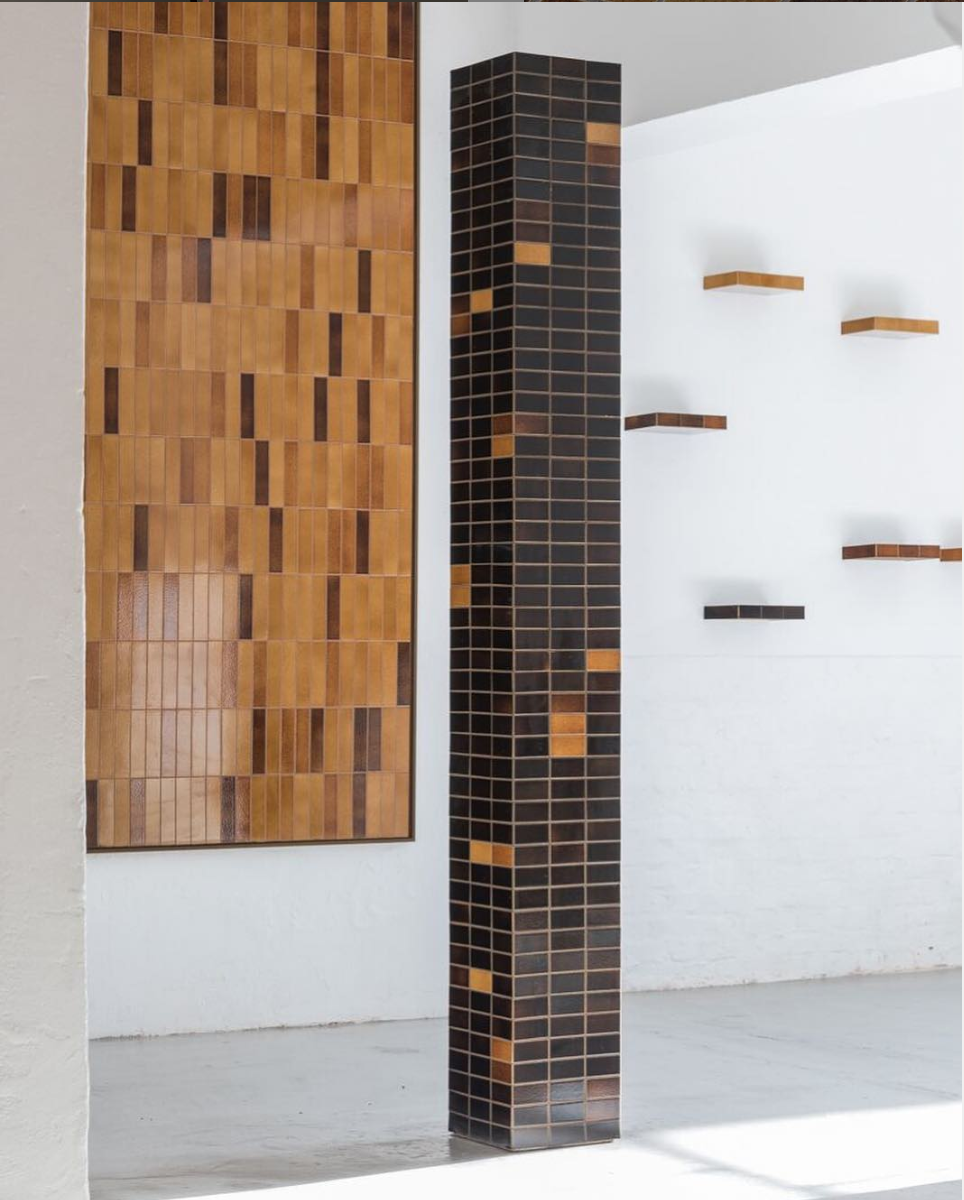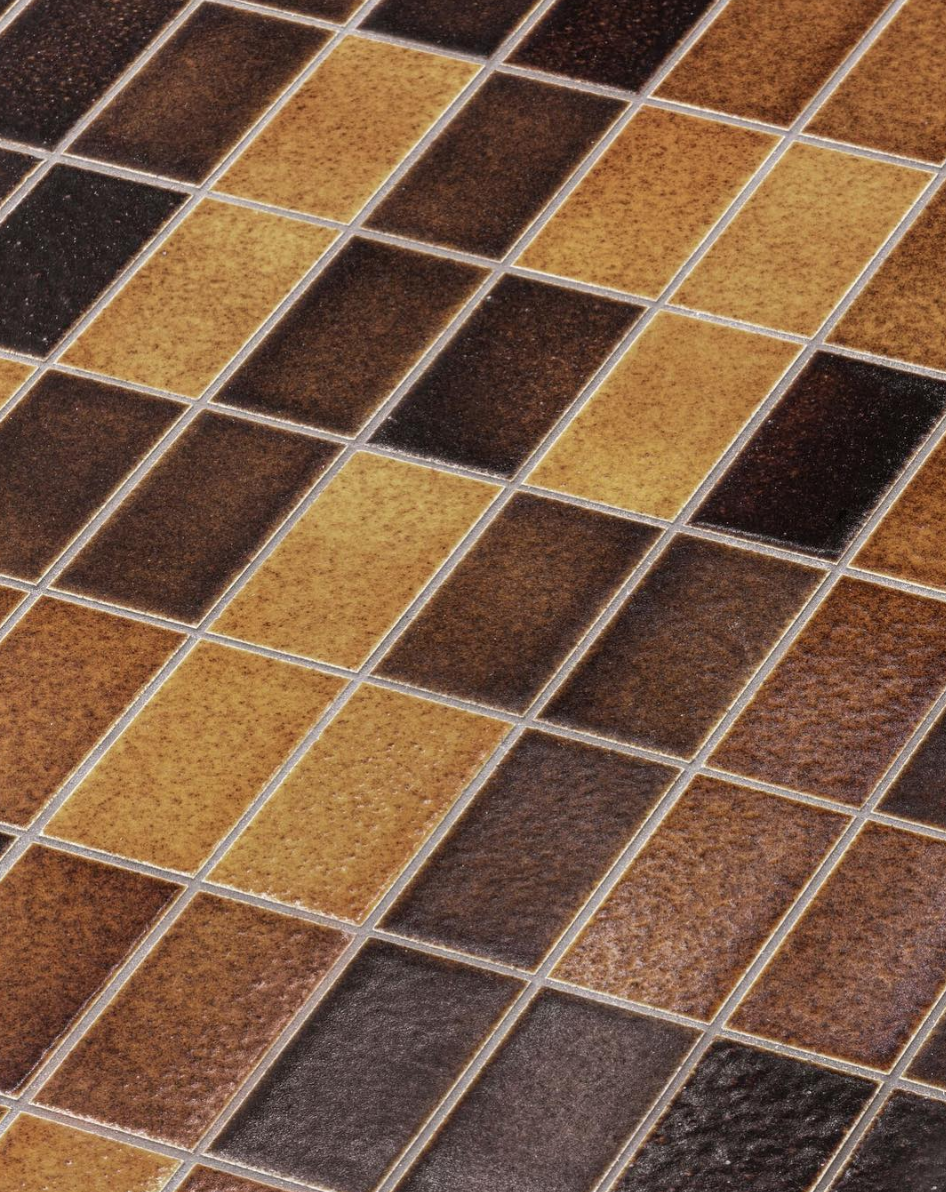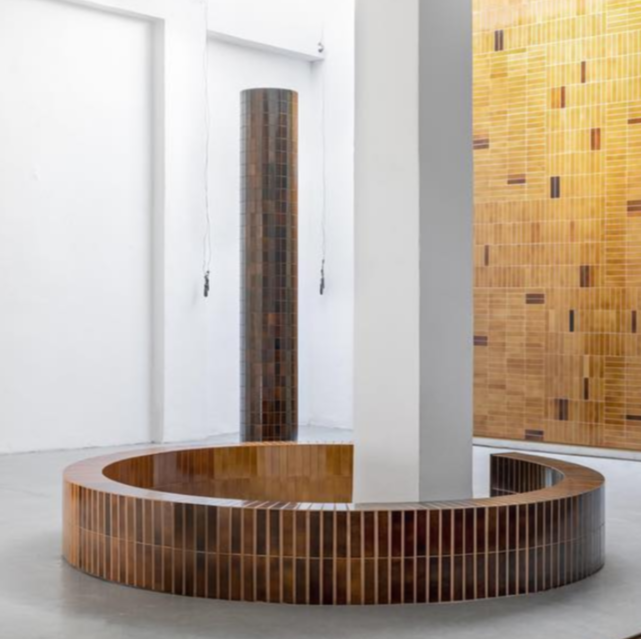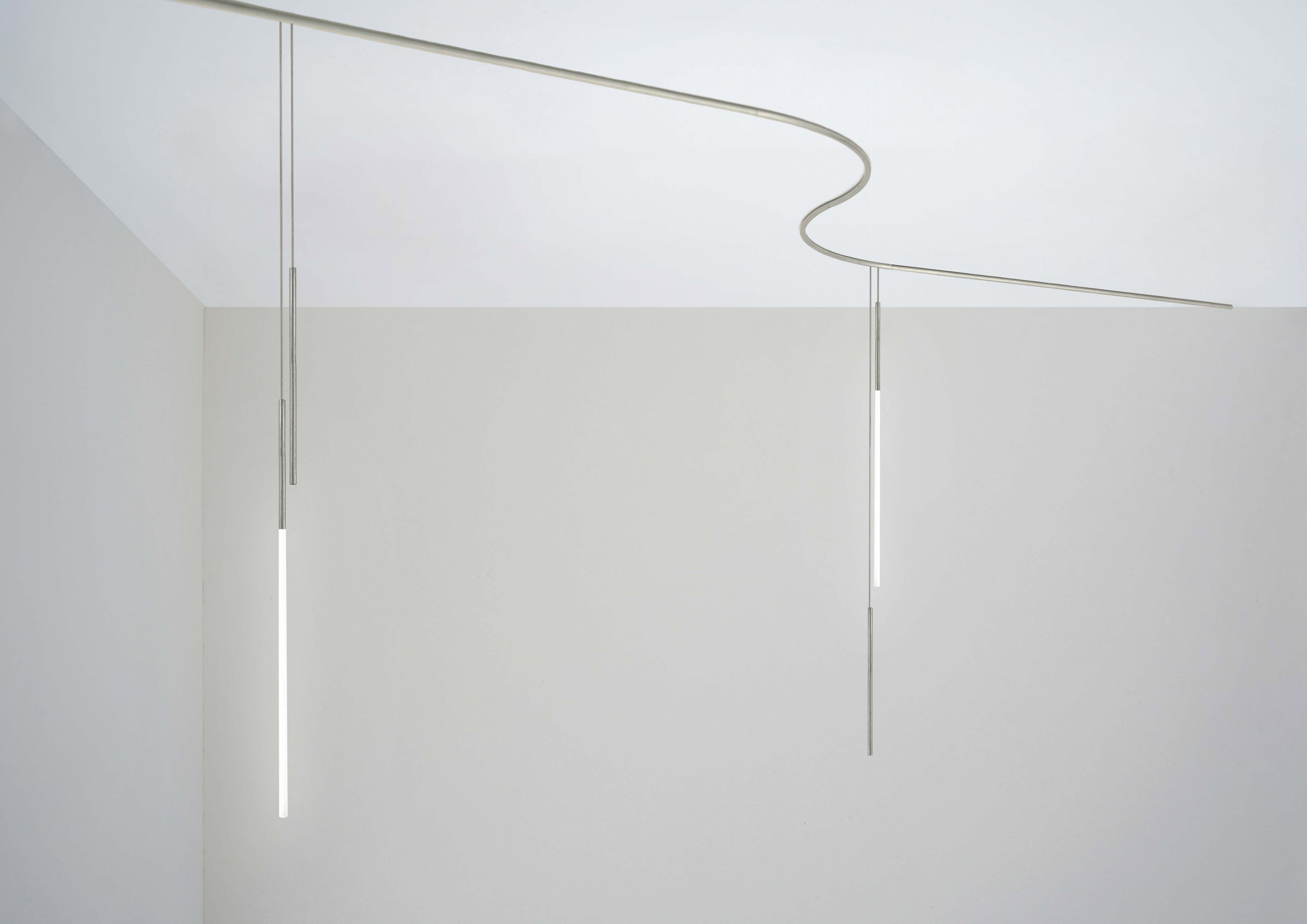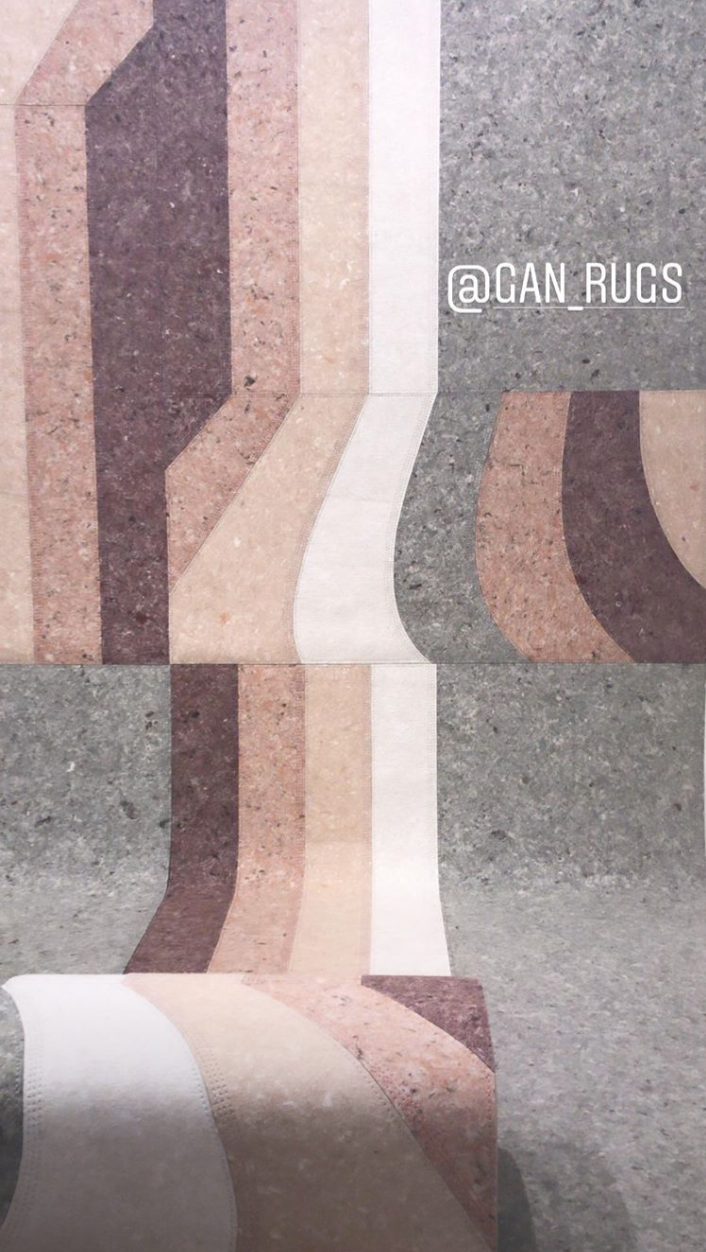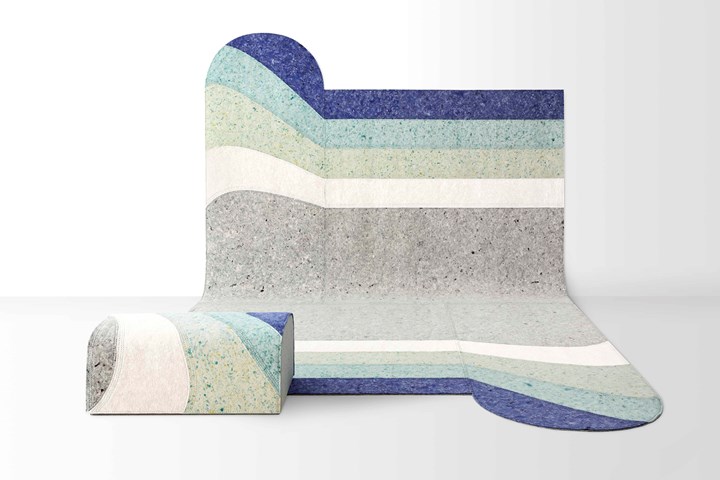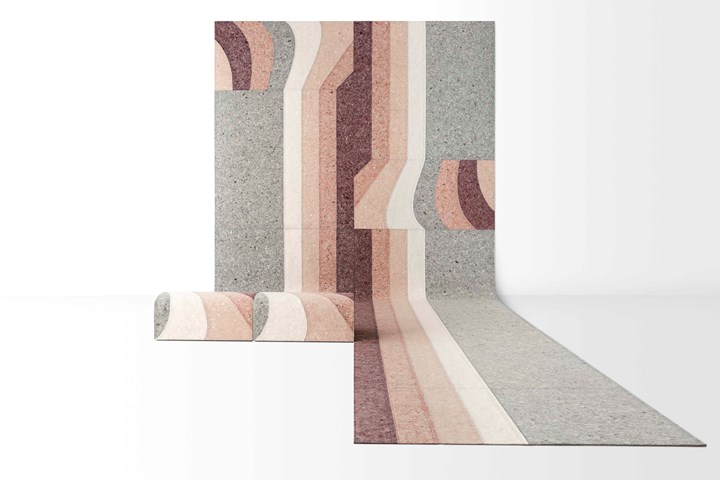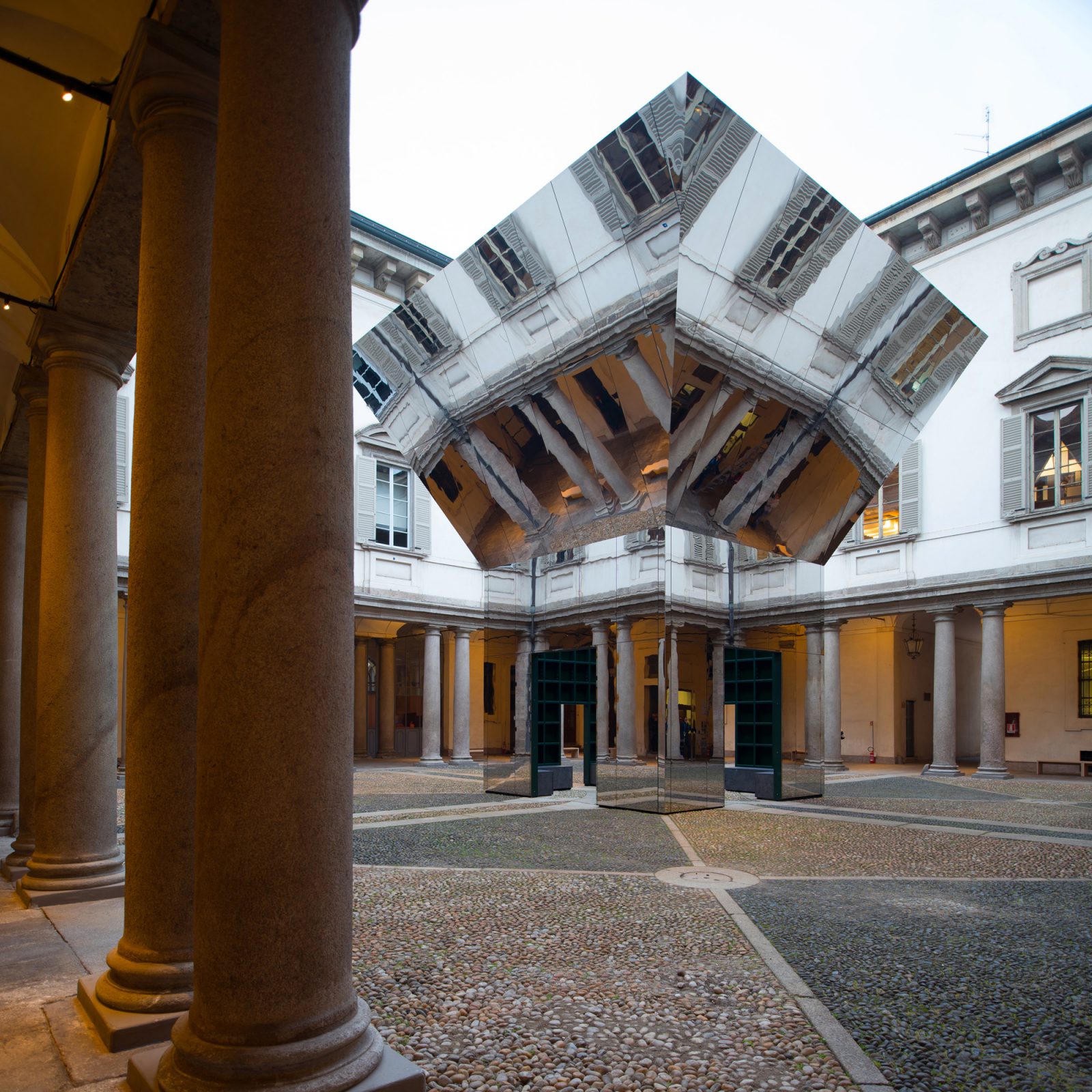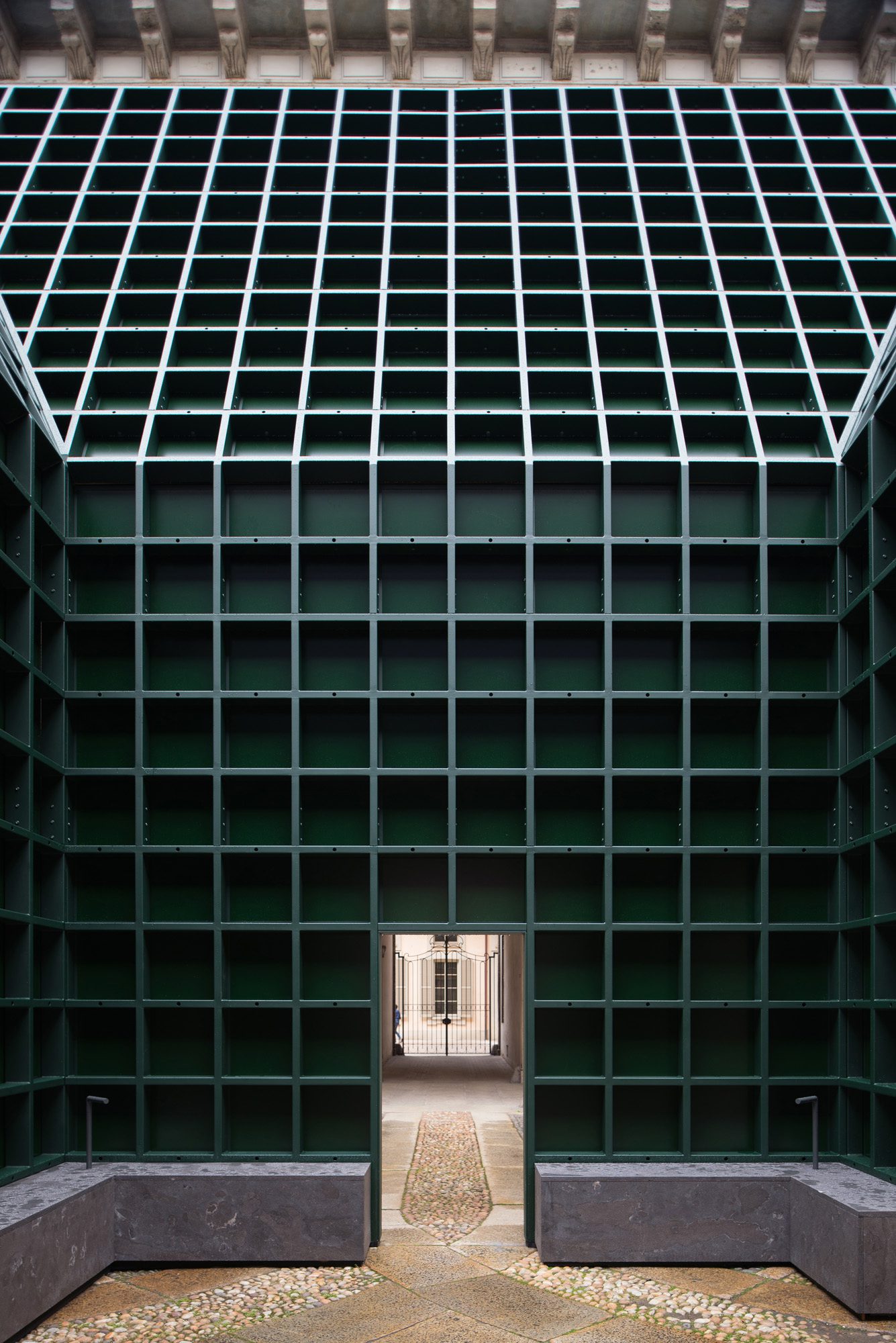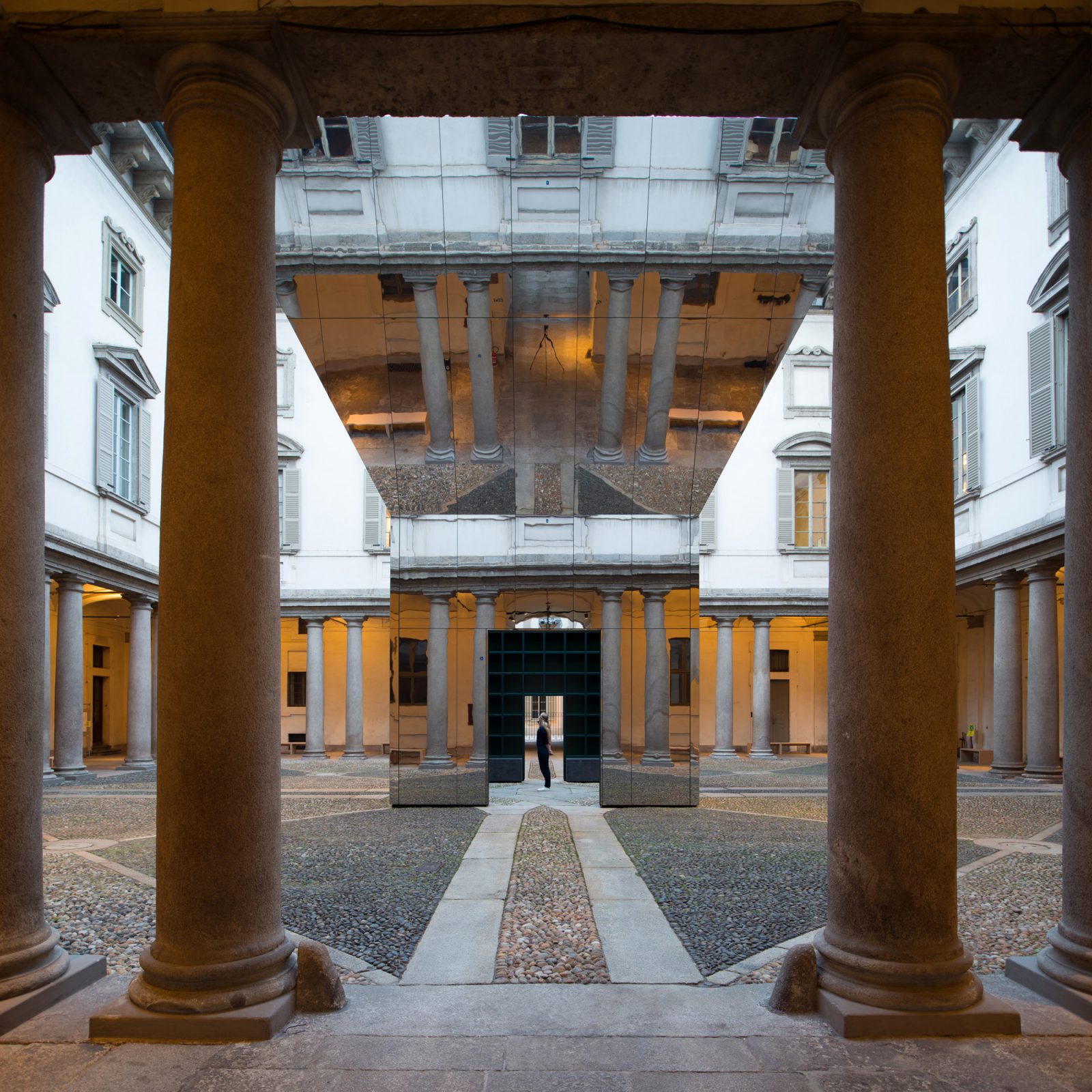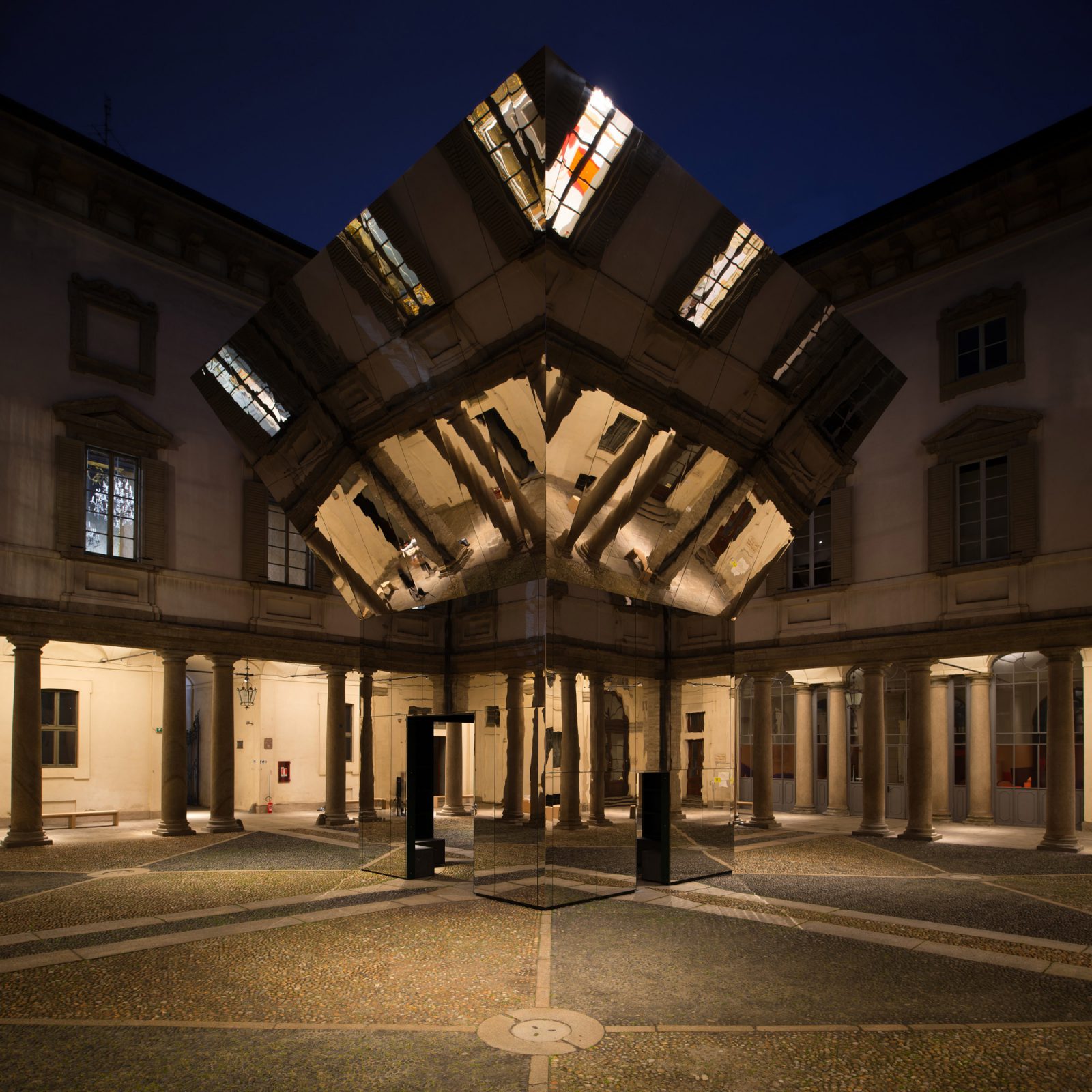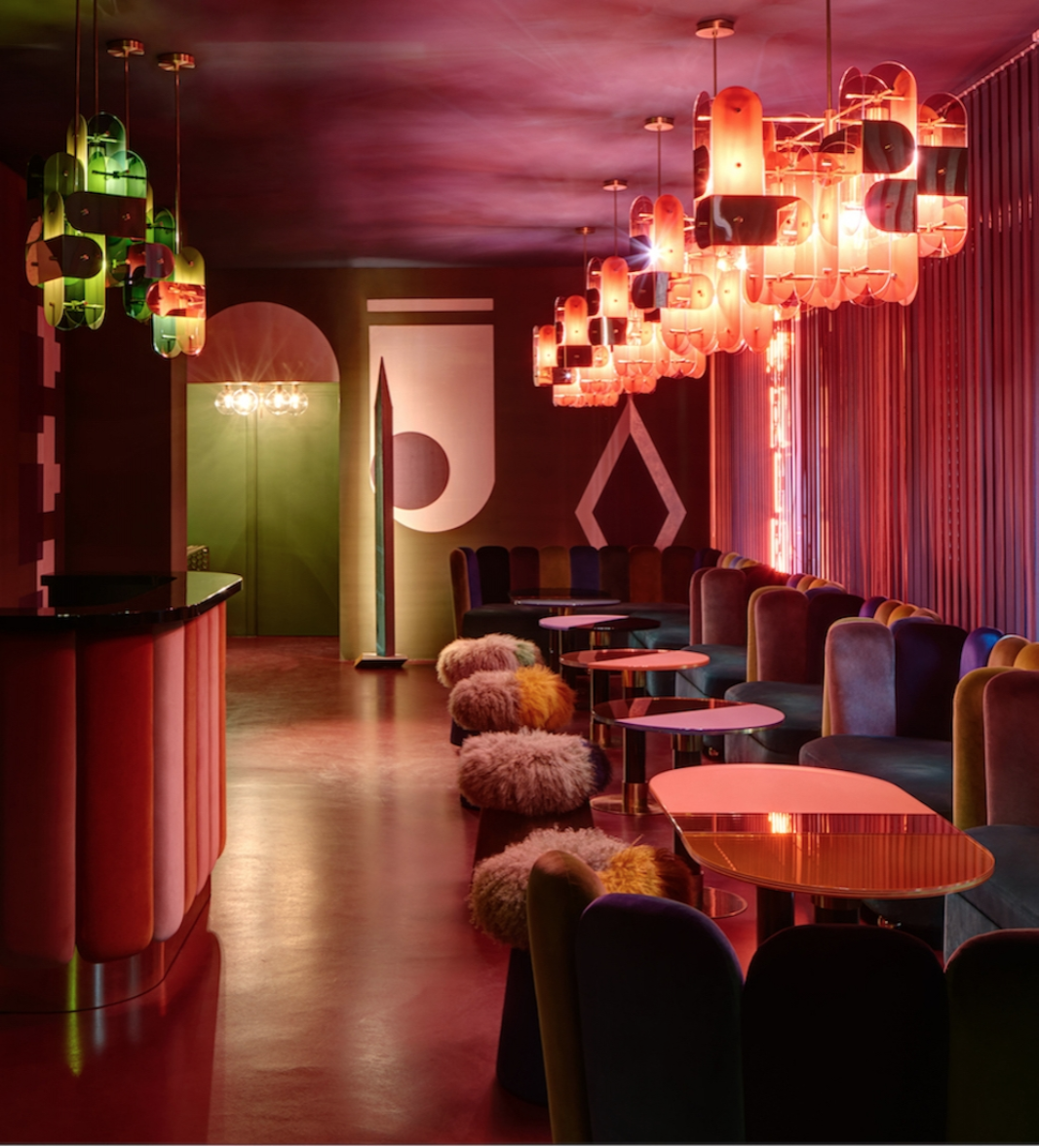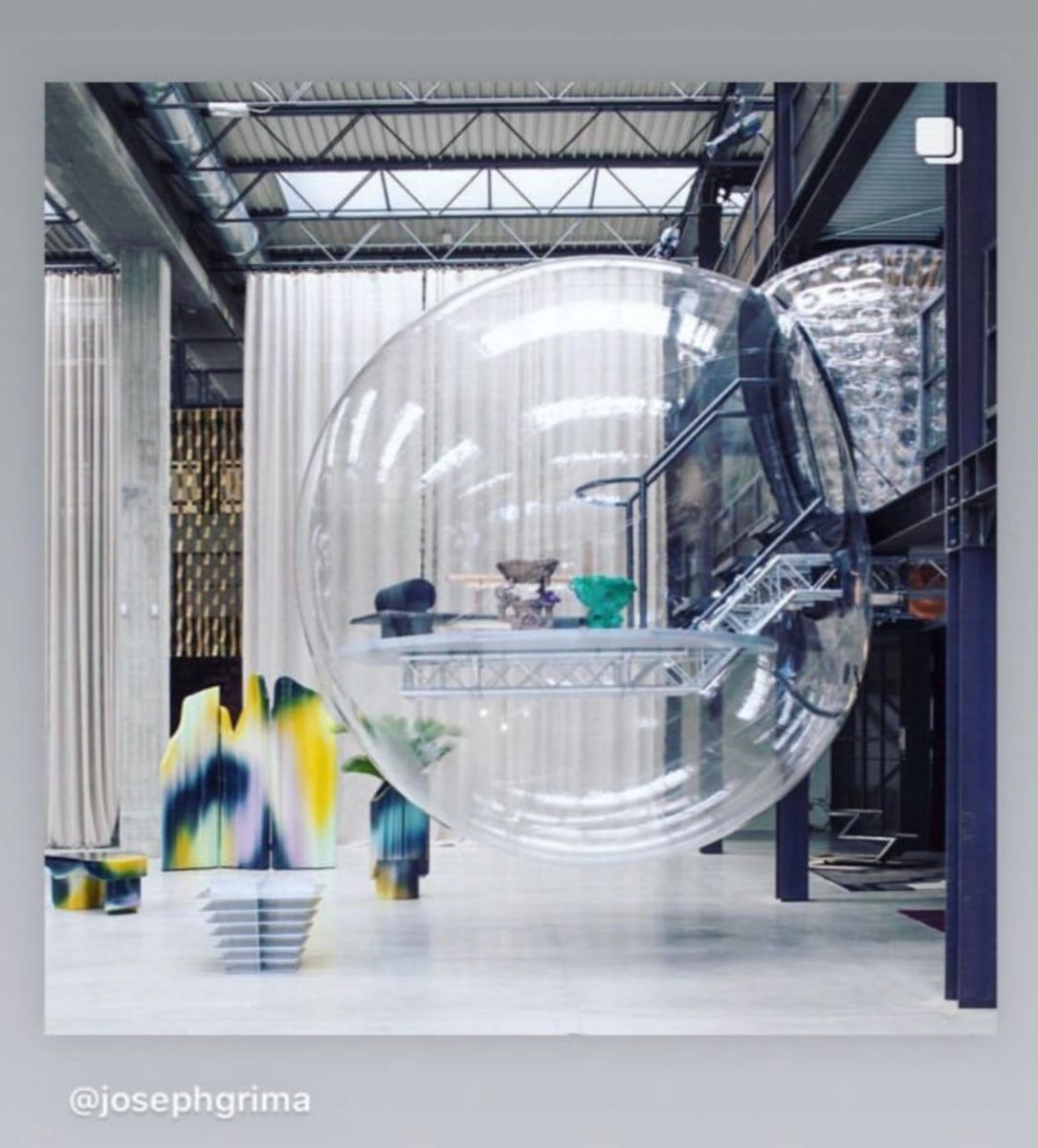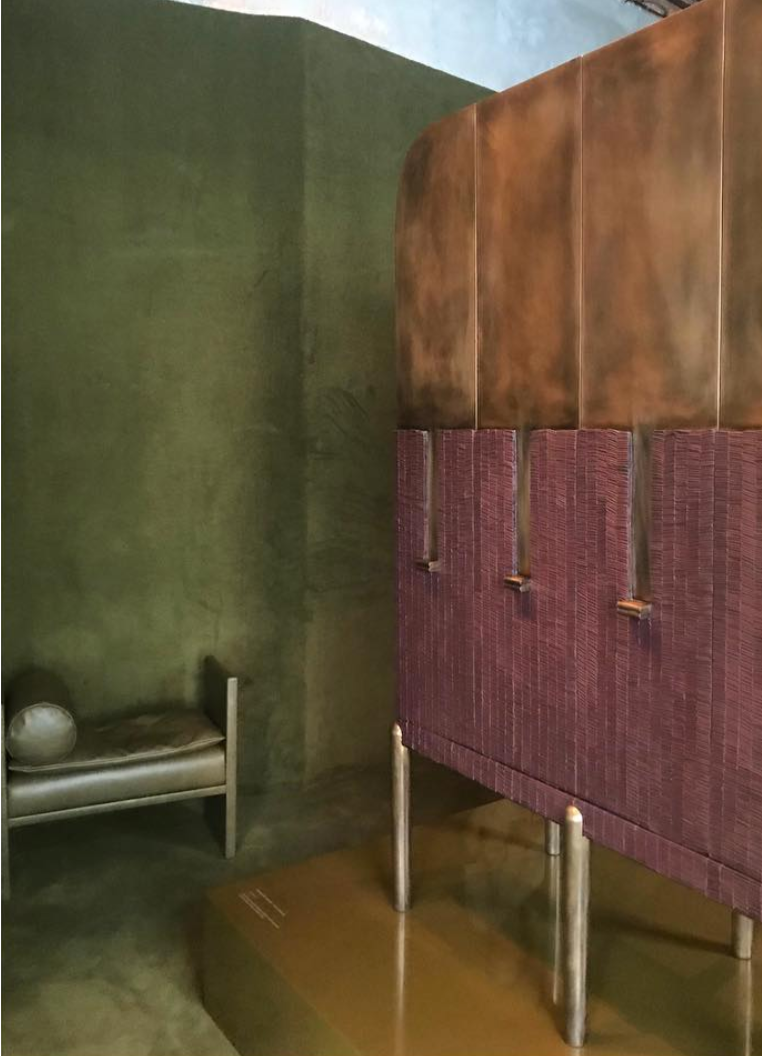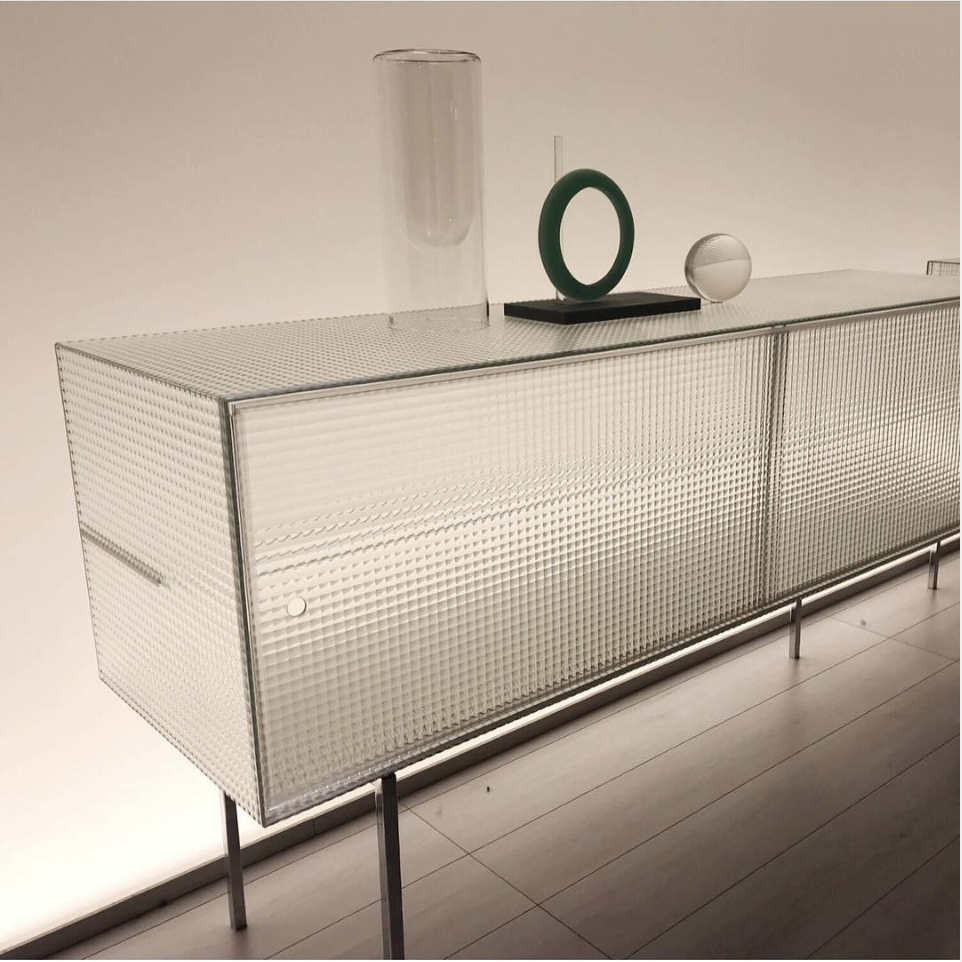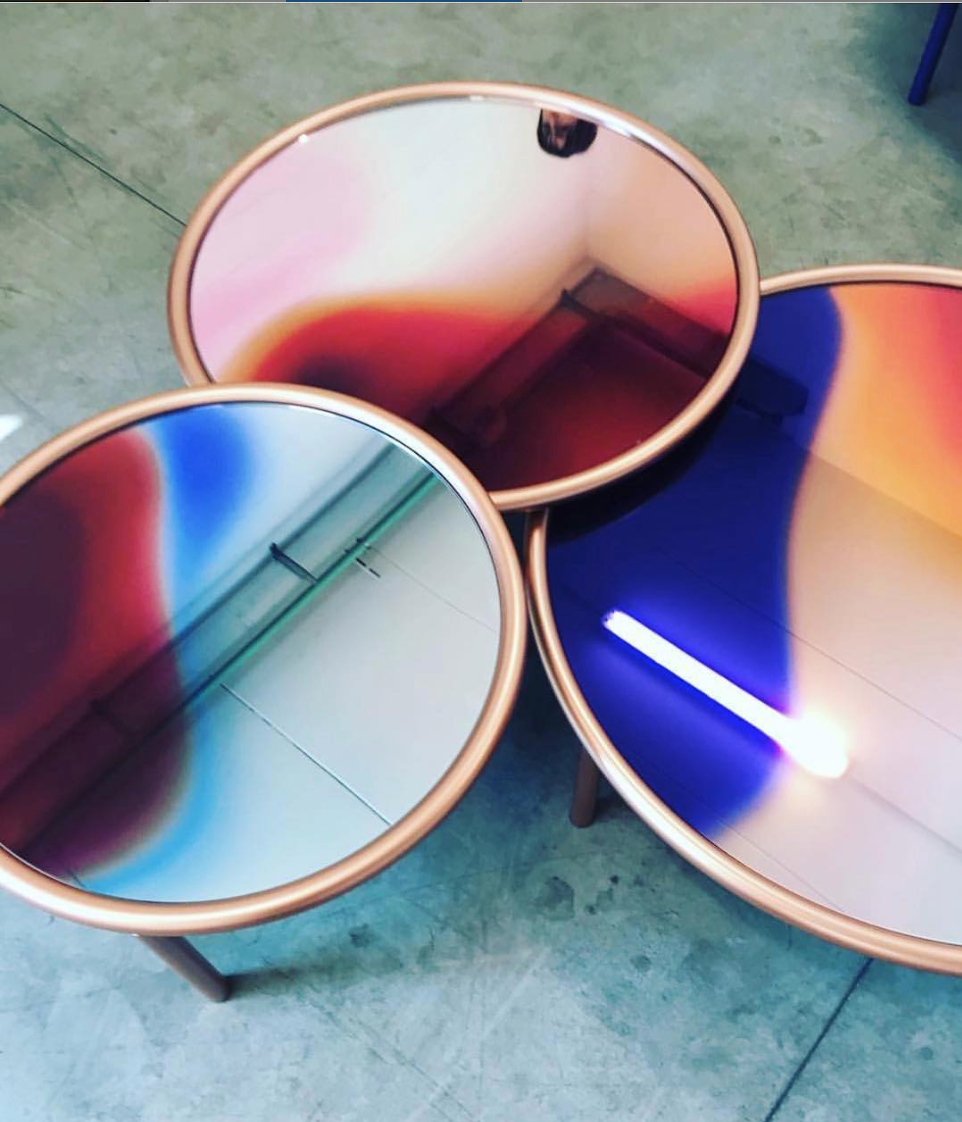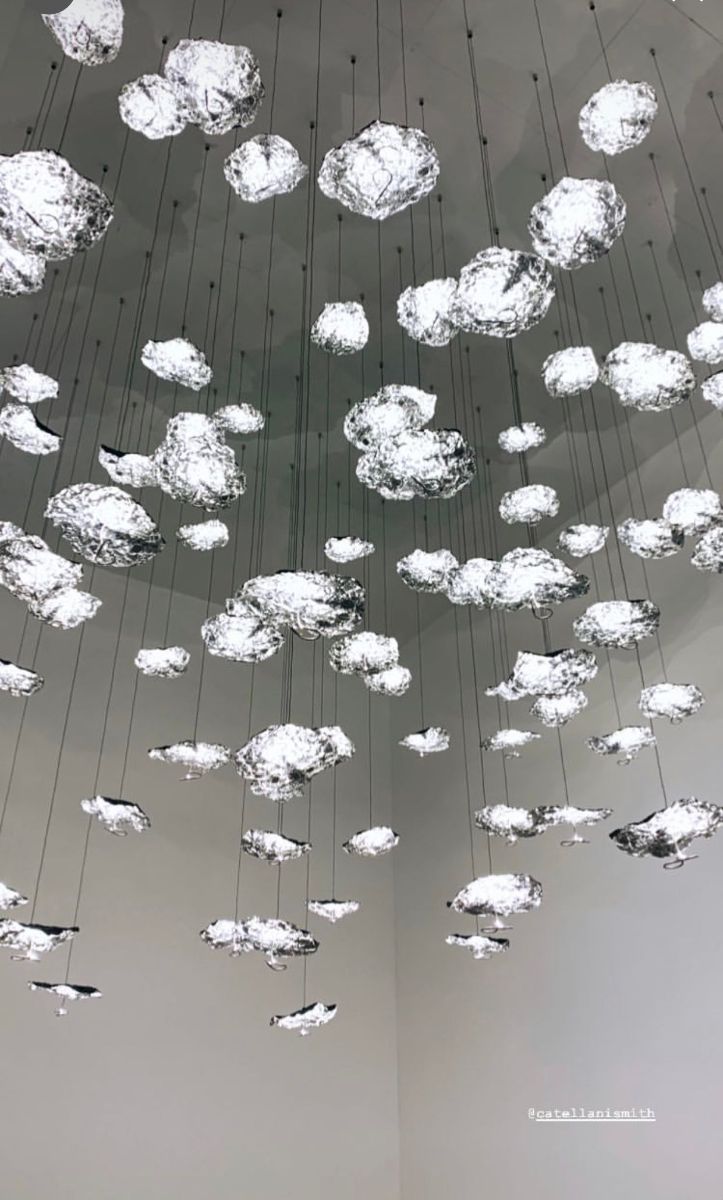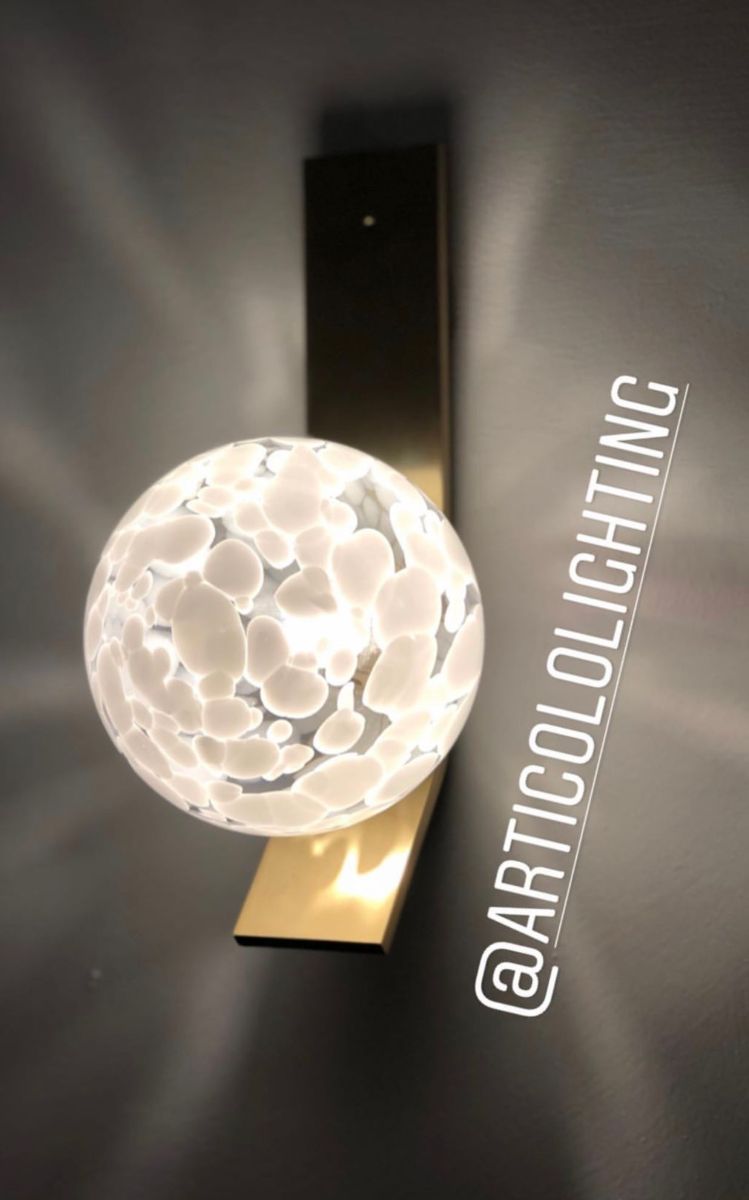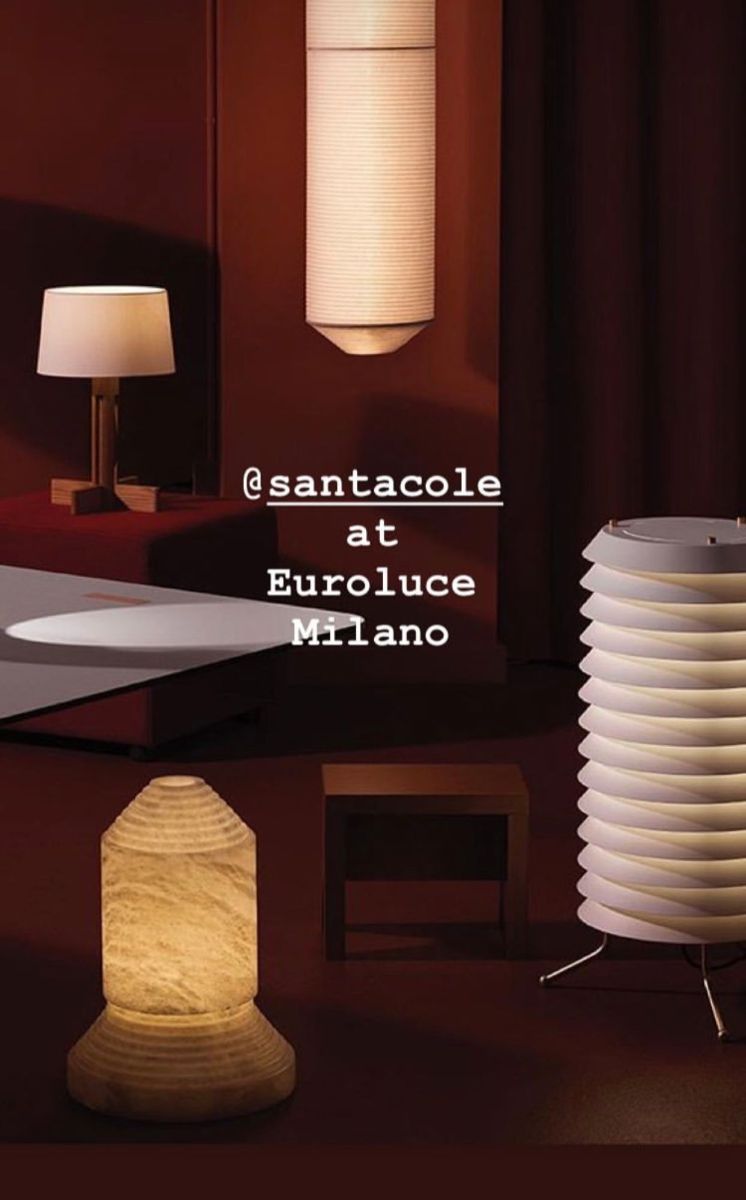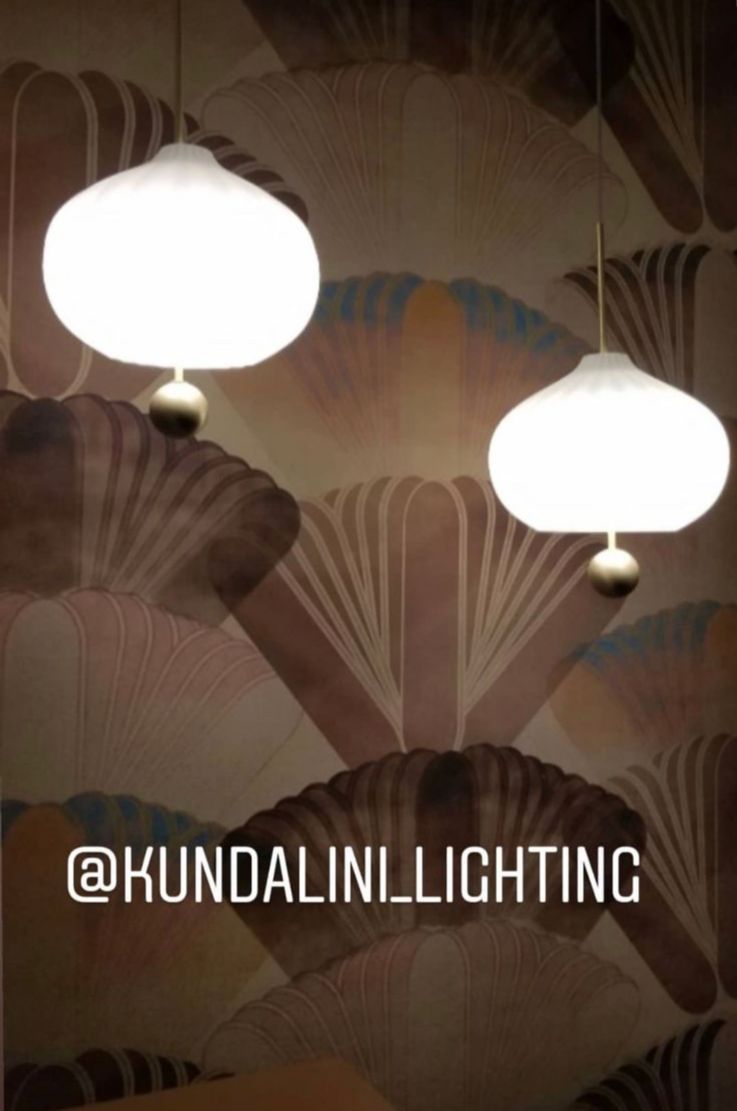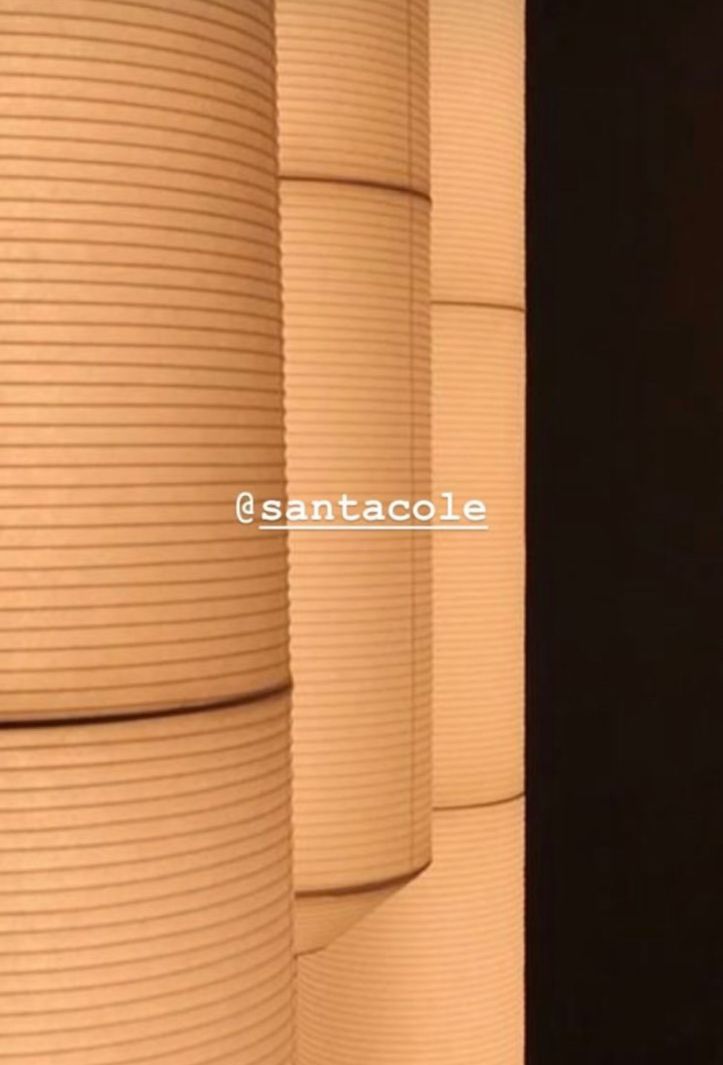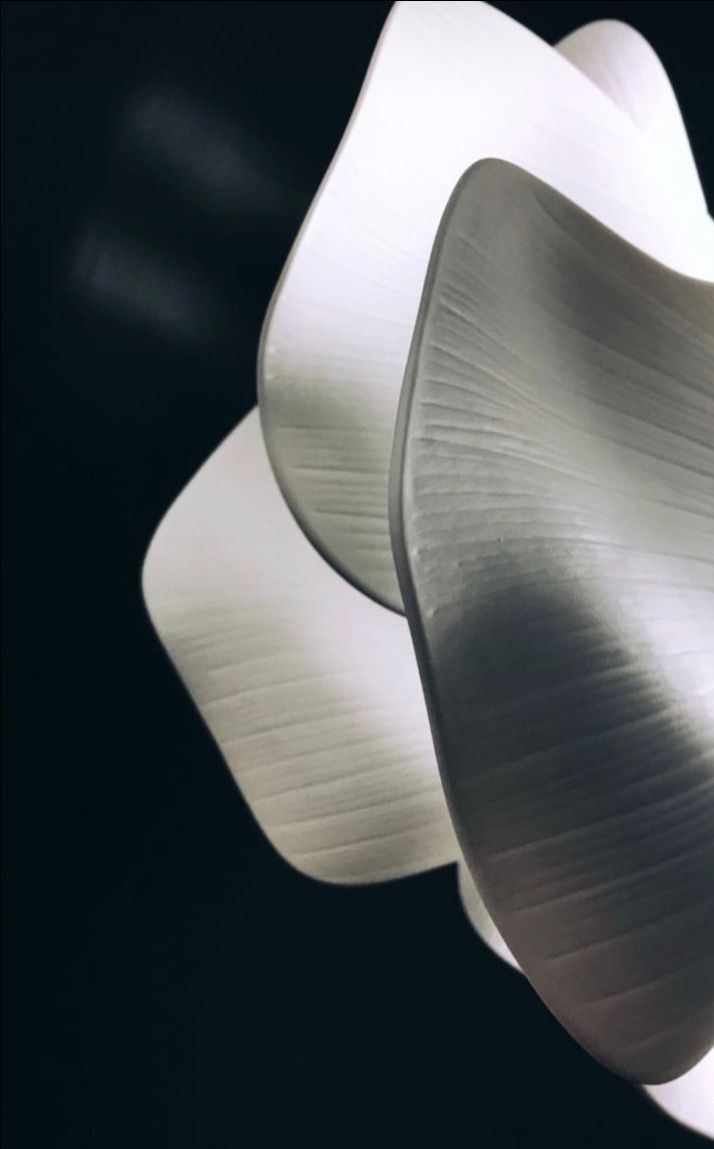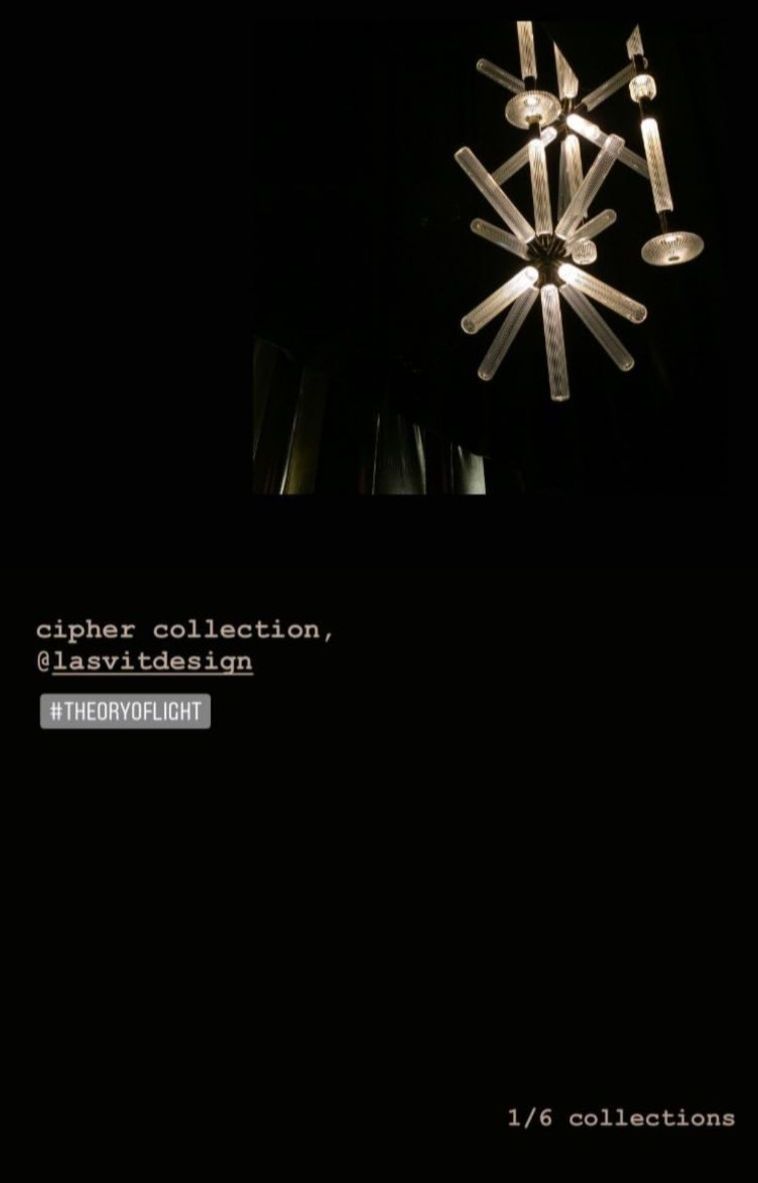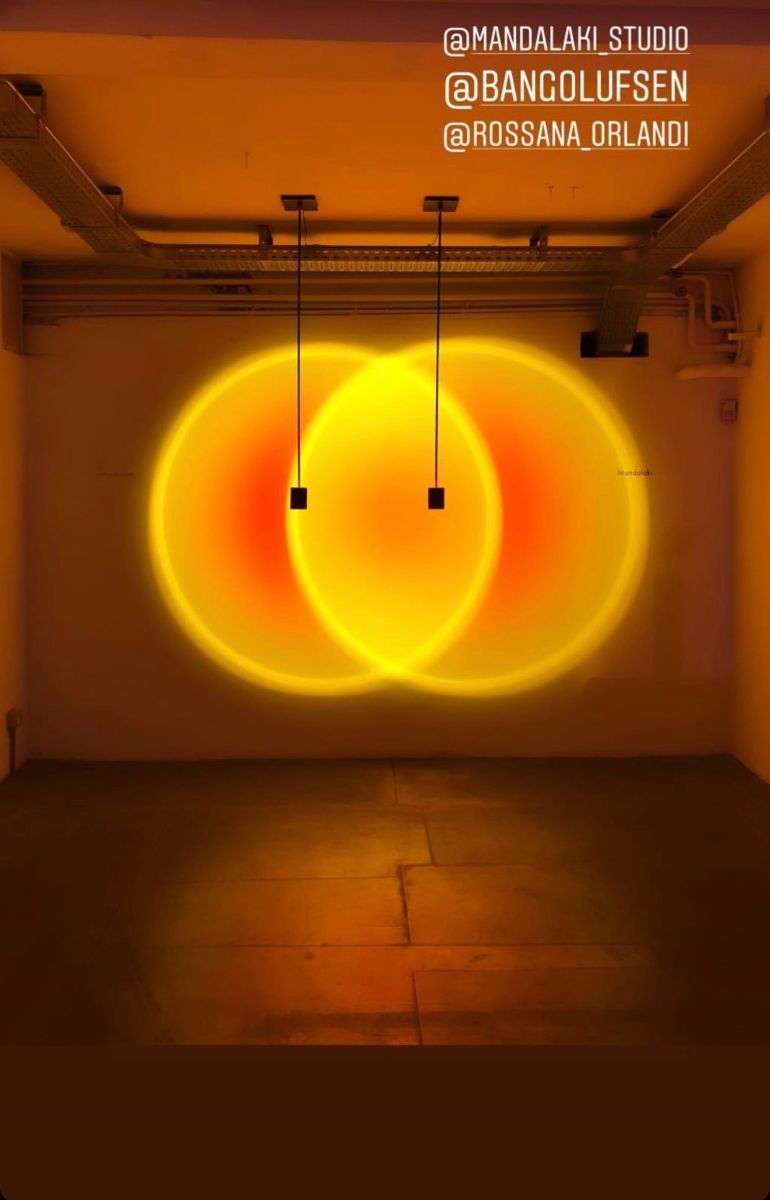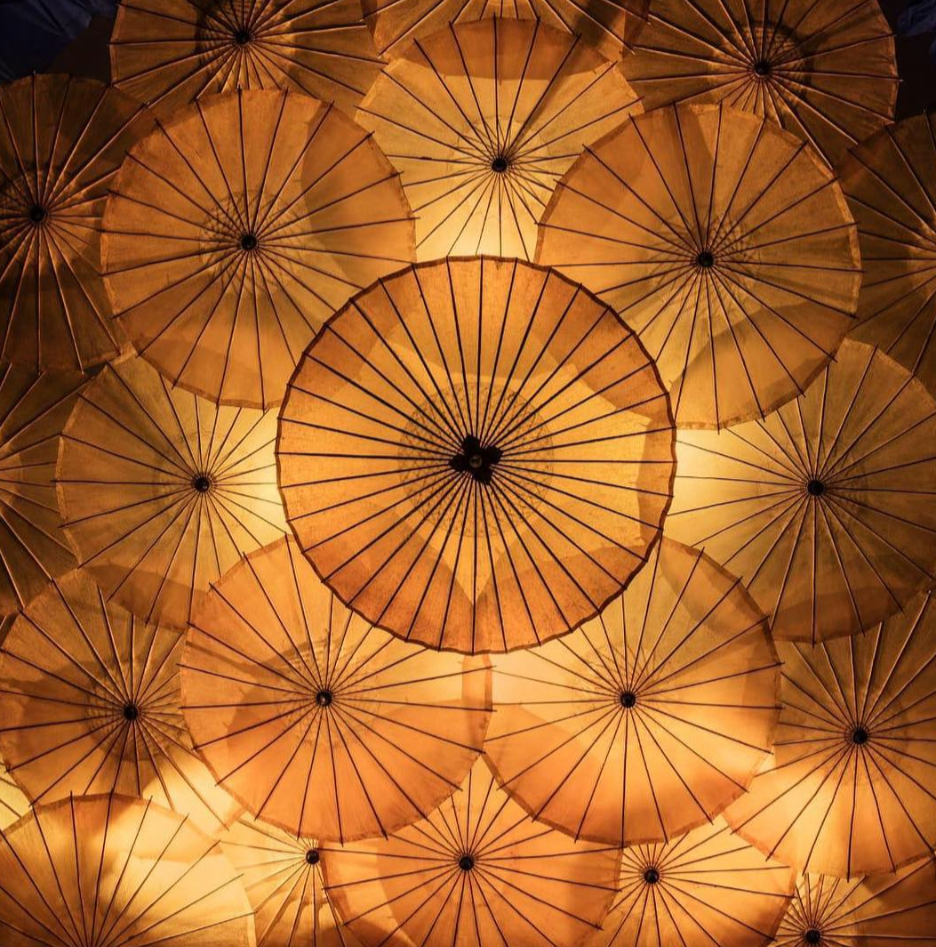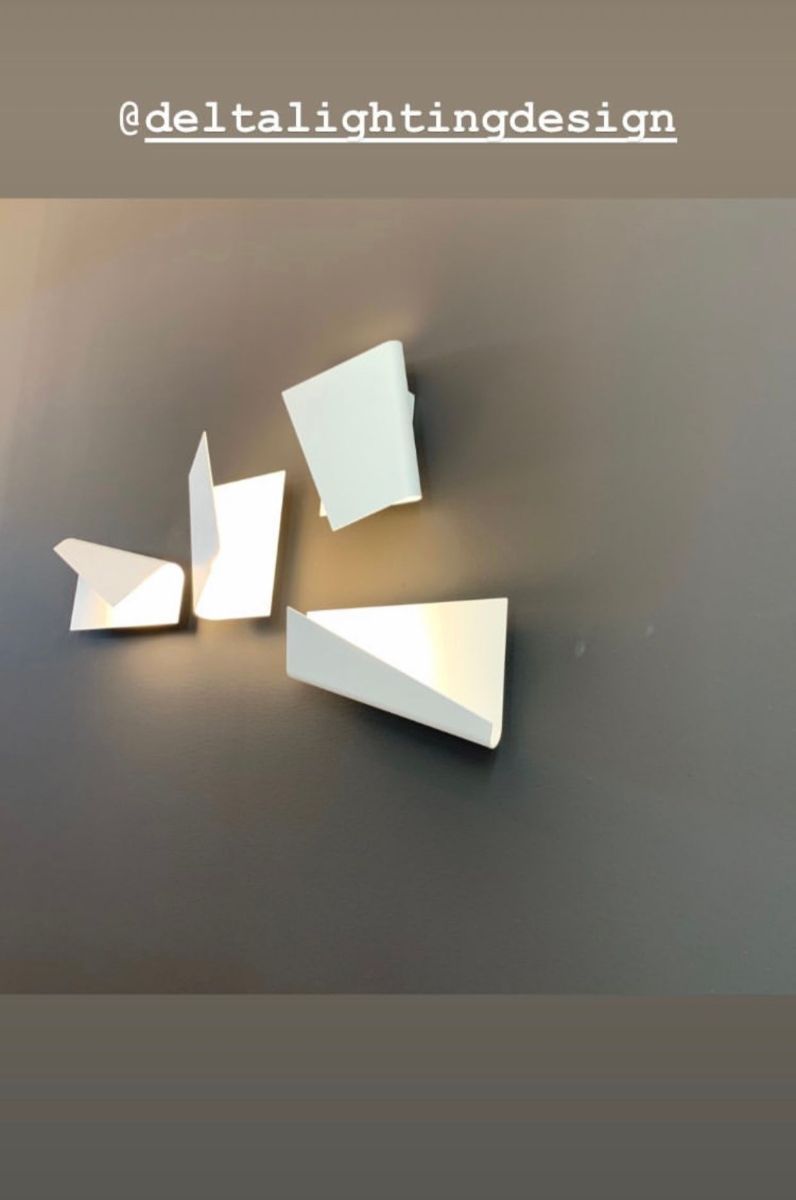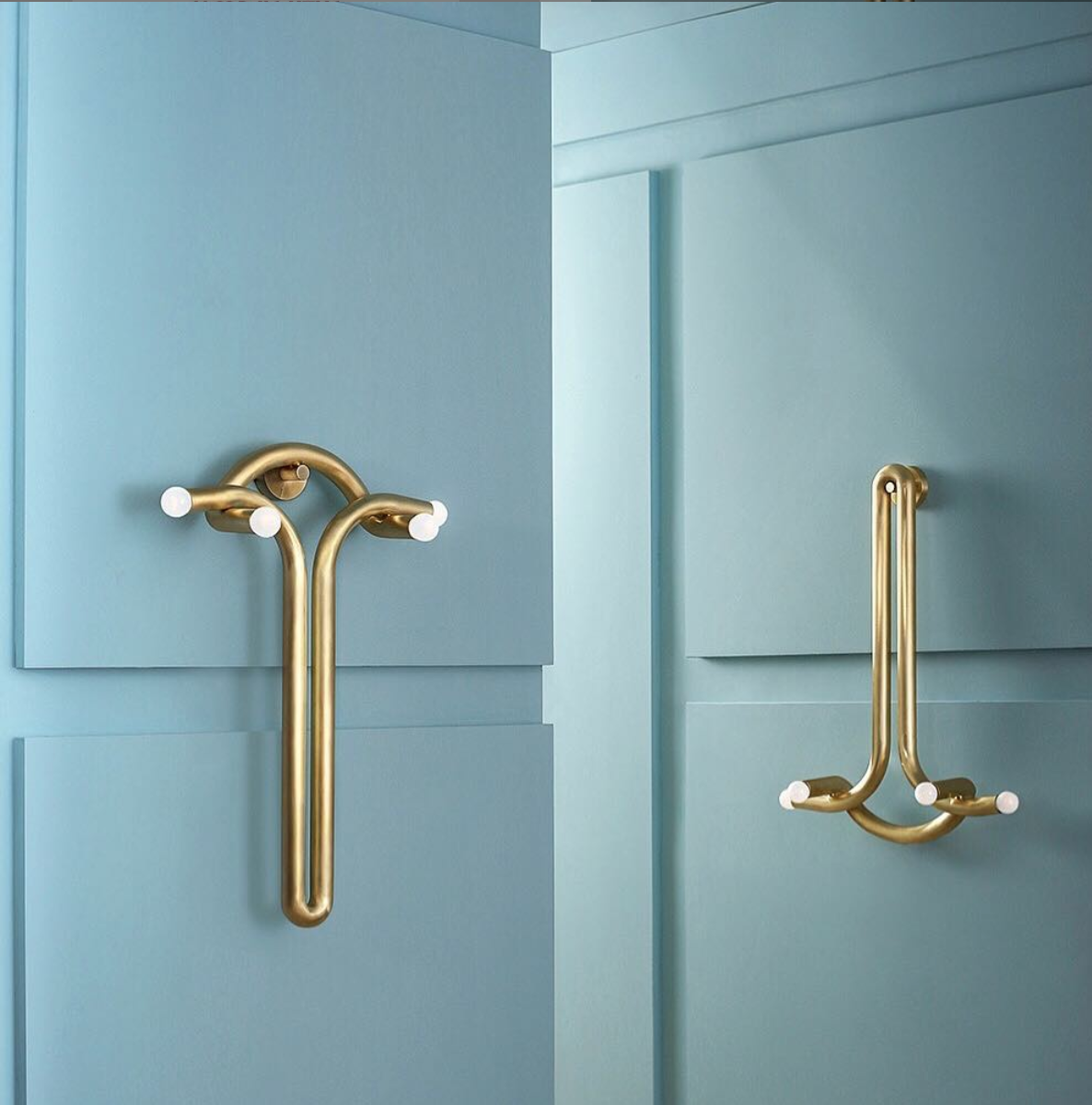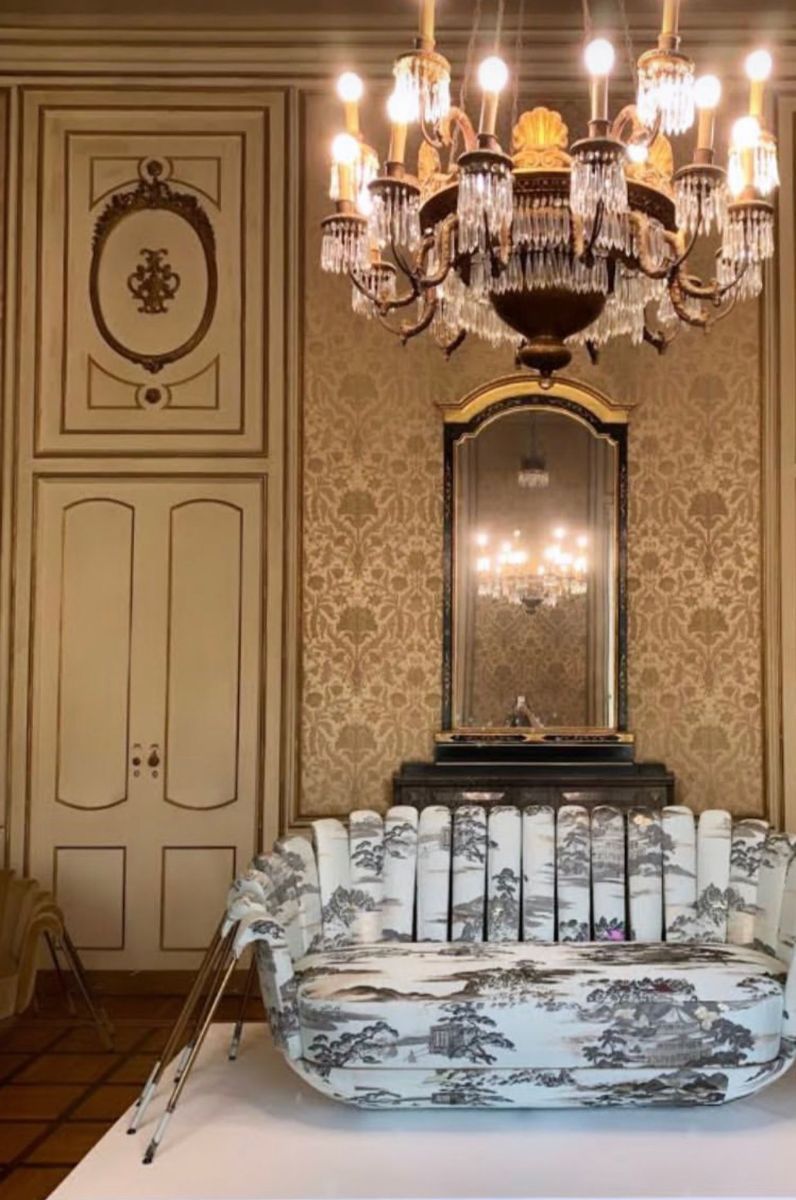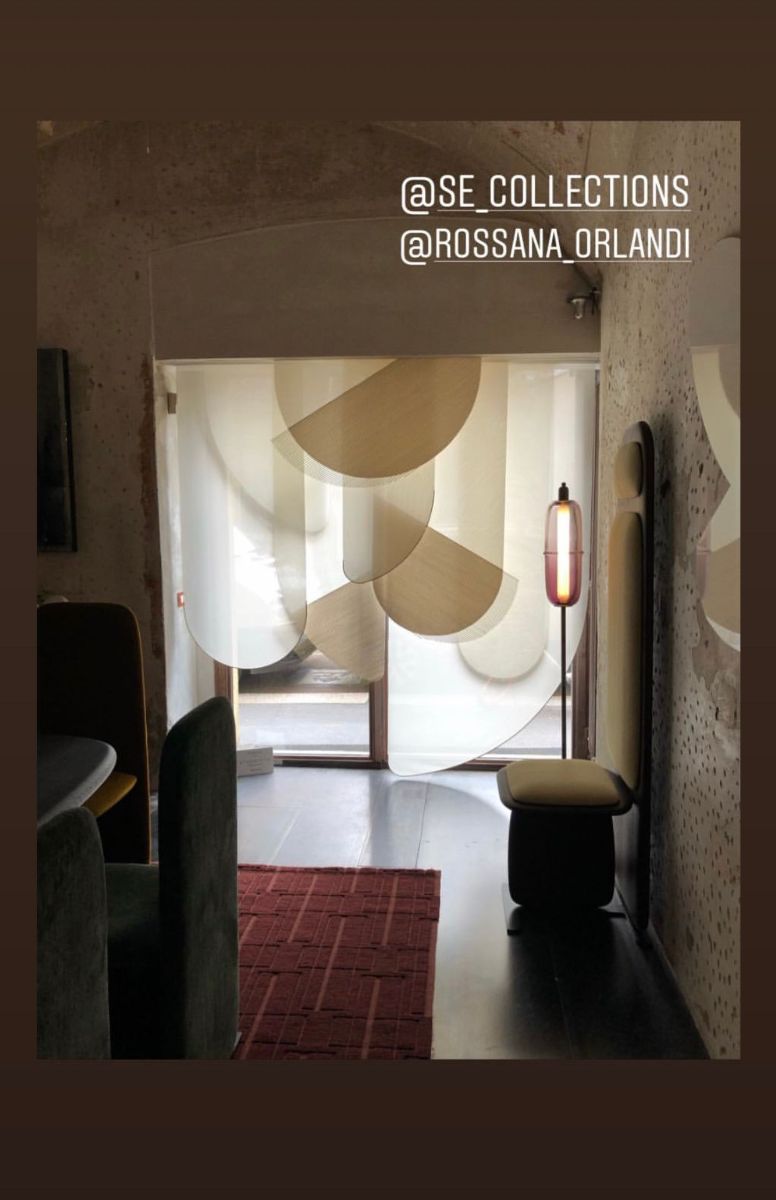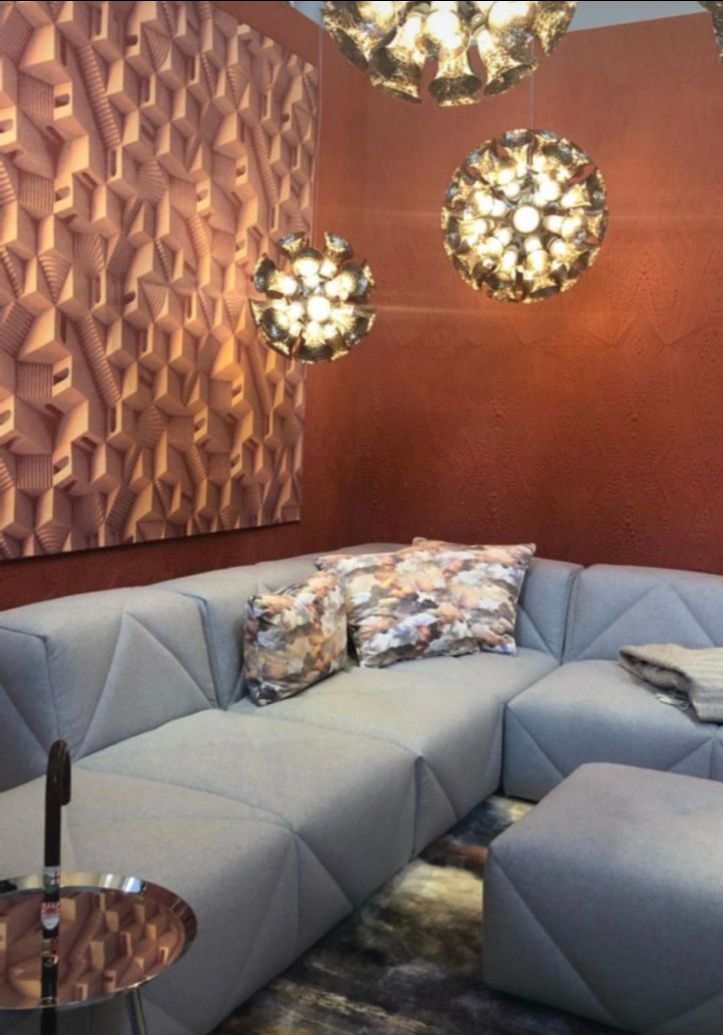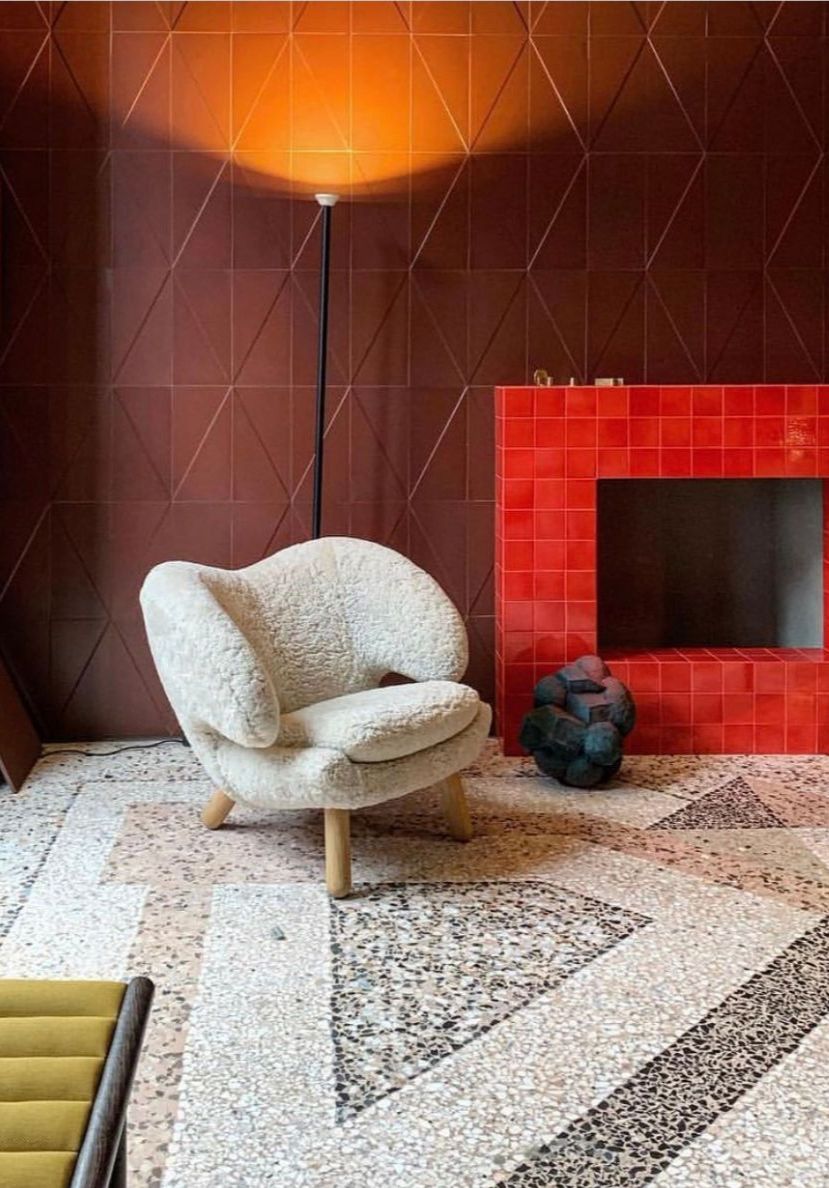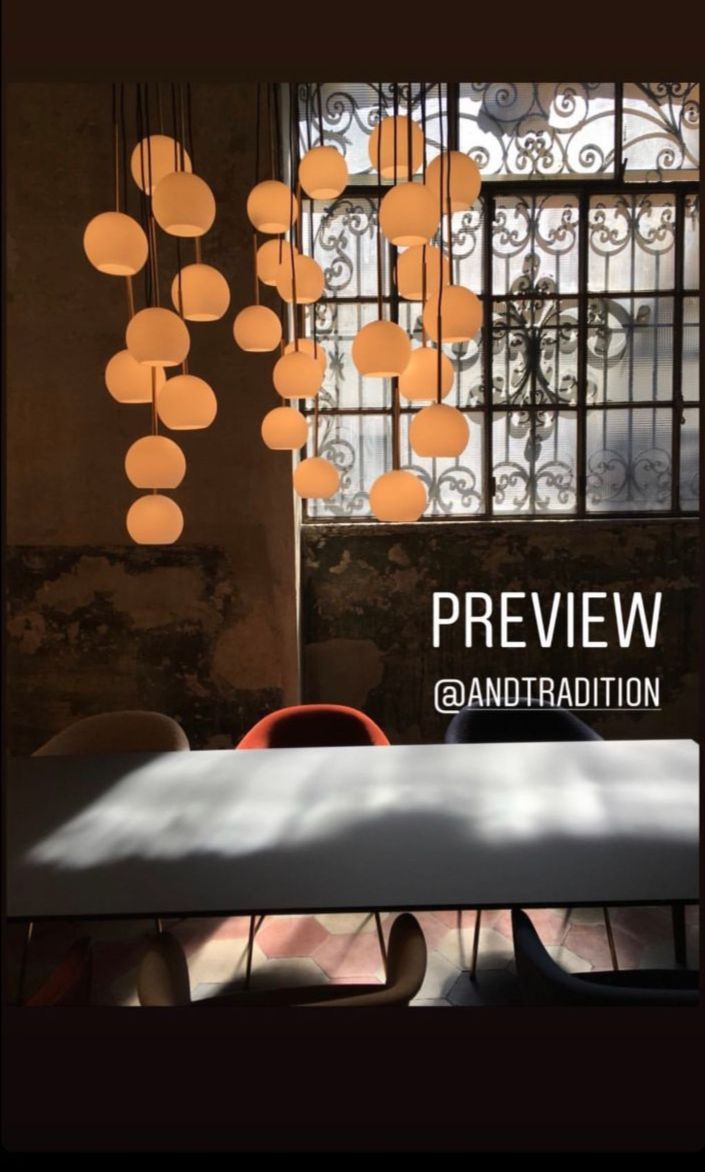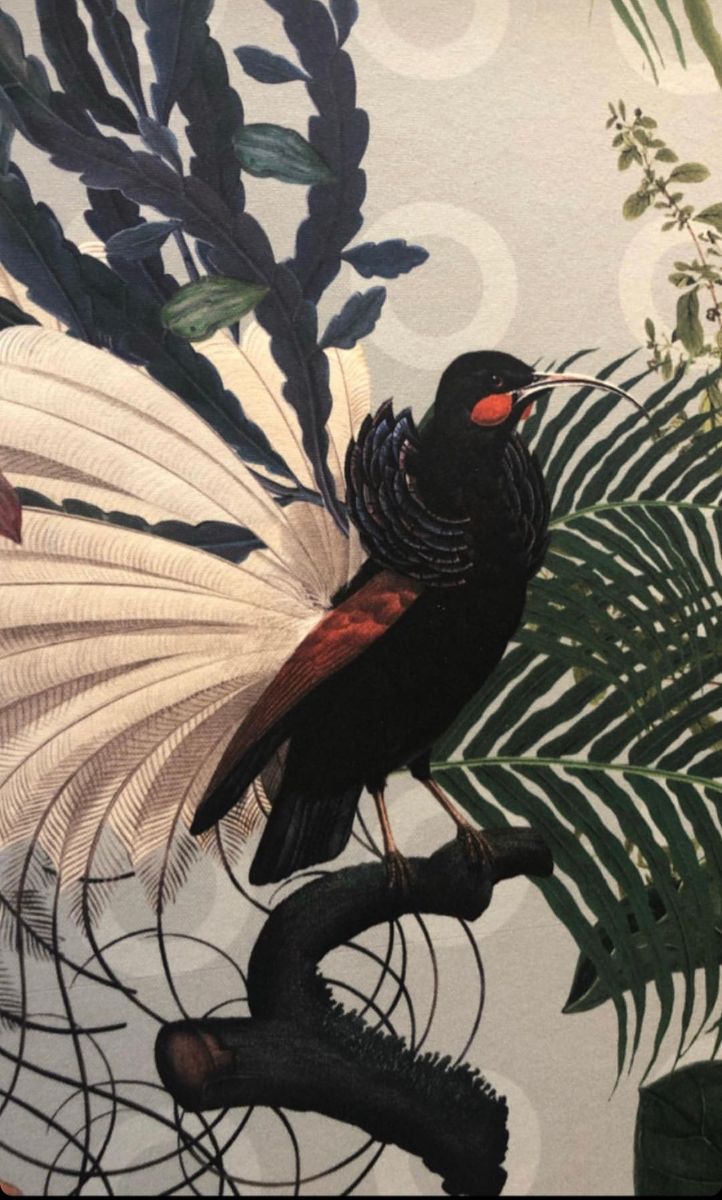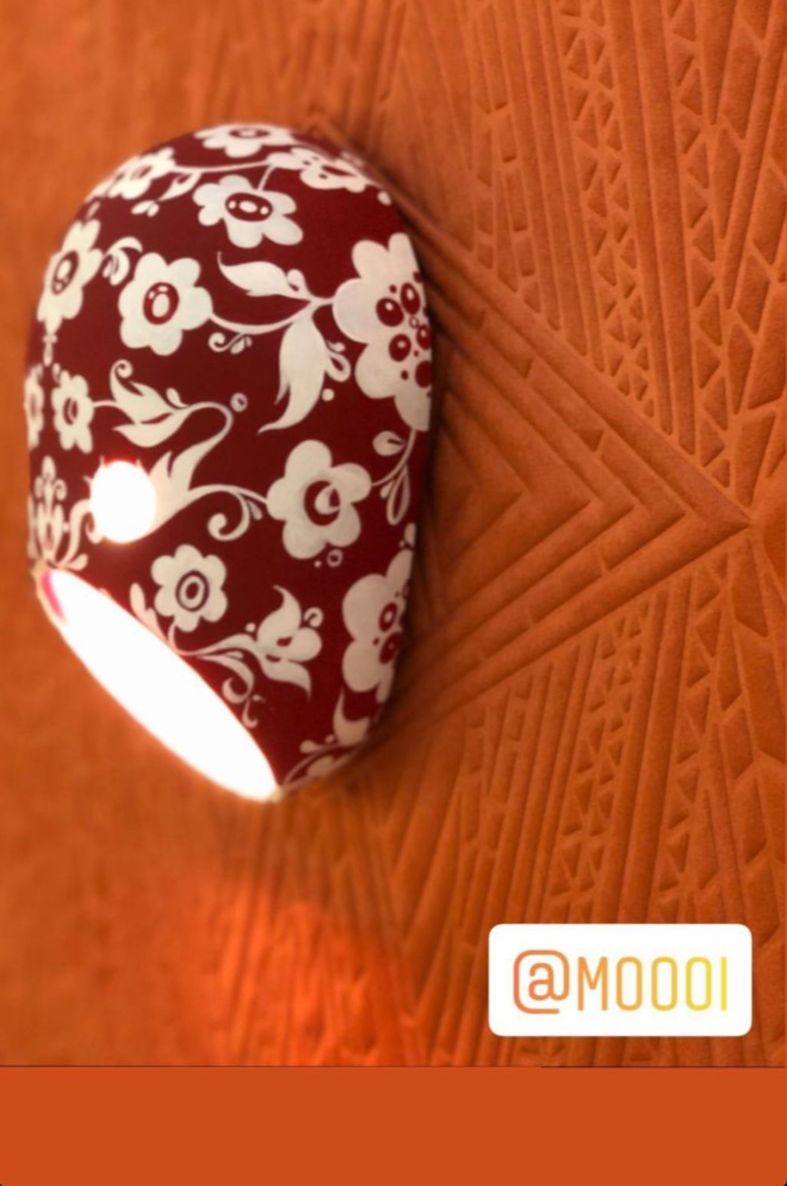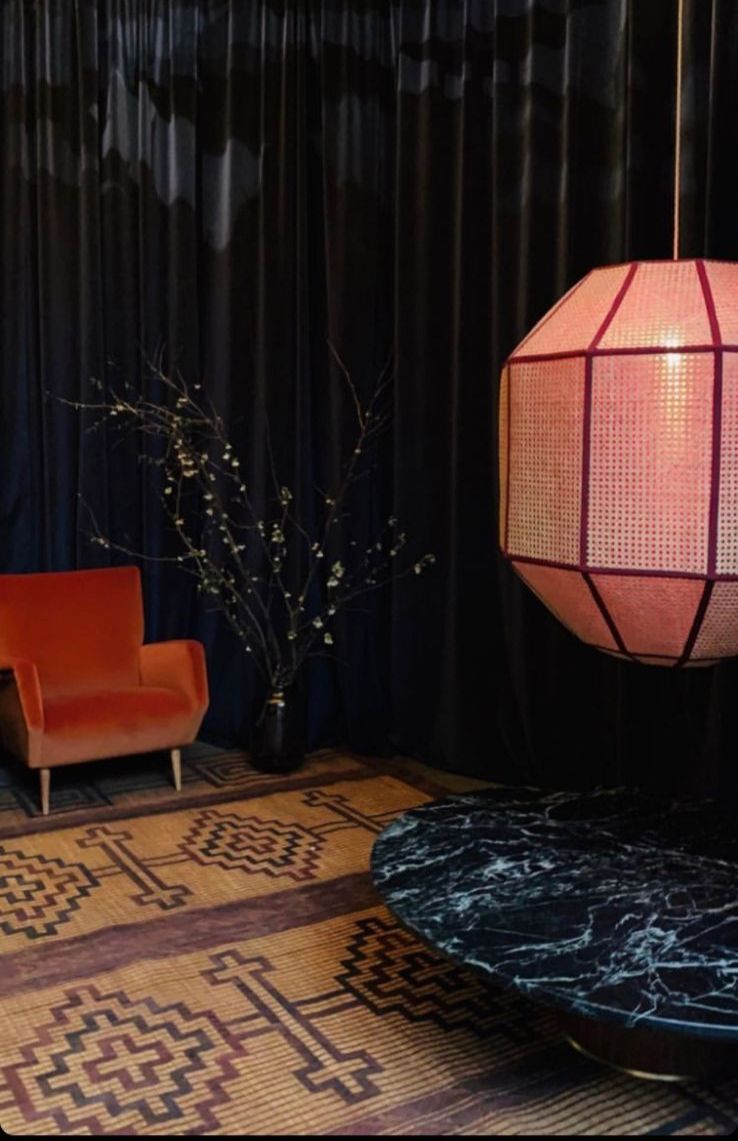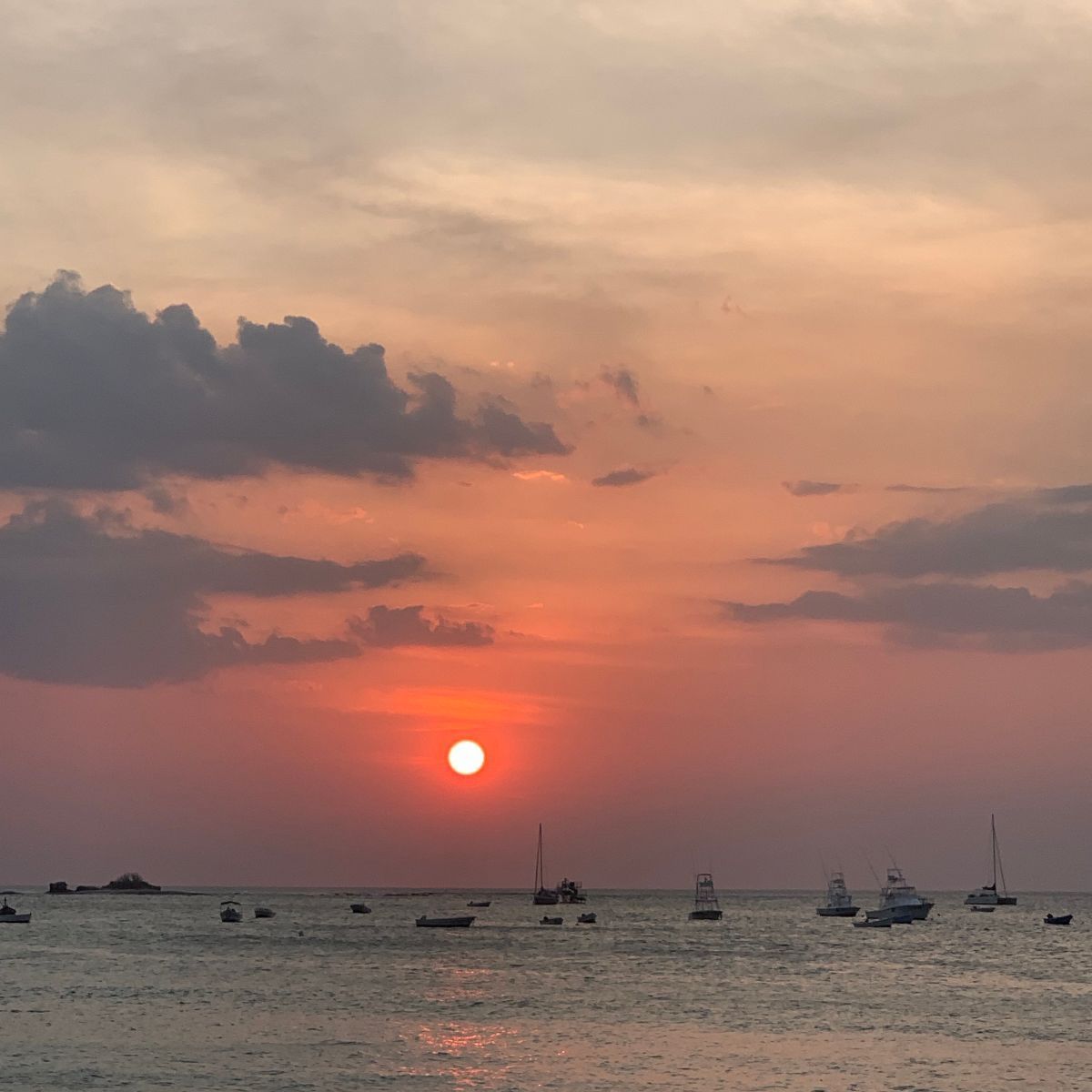Hello and Welcome to DOCENT - your guide to design intelligence, creative solutions and earthly beauty.
Today’s DOCENT Briefing poses a challenge to rethink a household staple. Elemental to daily life, practical and so necessary - our CABINETS are the interior architecture within our exterior architecture. Rather than relegate them to the pantry or the back hall, let's consider ways to elevate their existence and presence in our homes. I say, let's celebrate them as the temples of our (joy-sparked) wares!
CONCEPT: Catch-All or Categorize
First, let's consider the greater storage strategy. I find it works best to assign categories to each cabinet location in the home. If you have a concept of what goes where, it is easier to tidy, easier to find what you're looking for and easier to look at the contents and know when streamlining is needed. If cabinets start to "catch-all", it becomes too overwhelming to manage these daily tasks.
Determine categories based on quantity and size of items to store and proximity to functions. For example, a bureau in the family room might hold family photos and keepsakes, while the bedroom hall might be the place for shared linens. Categories are also dictated by the over all quantity of storage cabinets you have. A solid household storage strategy provides peace of mind.
AMBER INTERIORS
SAVE YOUR SOUL
We've all read the books and the articles, seen the videos and listened to the podcasts telling us what contents we're supposed to keep and what clutter we're supposed to ditch. My advice is this: keep what you NEED, keep what you LOVE. Ask yourself how you FEEL about each possession from the smallest relic, to the eight bars of soap under the sink. Be honest with yourself and go with your gut. In this case, less is always more - because breathing room at home provides the space we need for our daily rejuvenation.
ANDRE PUTMAN; MCLAREN EXCELL; TSAI DESIGN
IMAGINE THE NEW: SHAPES AND FORMS
By nature, cabinets are rectangular boxes. The easy answer is to "line 'em up and make 'em economical". Yes! Tuck them away, blend them in. But with today's expanded and immediate home building techniques, why not design and create storage containment that honors not only the functional but the beautiful? The use of unexpected materials such as frosted glass and leather or the use of softened and playful shapes can enliven our homes and make the previously mundane now sing!
YABU PUSHELBERG; STINE KNUDSEN AAS; MDF ITALIA @GRAYELA; JONATHAN WEST
IMAGINE THE NEW: HARDWARE TO SEE AND FEEL
It's true that utilizing more complex shapes and materials for built-in cabinetry will require a higher budget. If this becomes a roadblock to revolution, consider putting more thought into knobs and pulls. They are touchstones. They inherently define how we engage with this important interior architecture.
OOF! ARCHITECTURE; CJH STUDIO; MANZONI; JENS HARALD QUISTGARRD
IMAGINE THE NEW: MATERIAL MATTERS
For centuries decorative painting, marquetry and the inlay of precious materials have been used to embellish our furniture pieces. It is time to explore incorporating modern translations of these treatments into the DNA of our built-in cabinets - from the front hall all the way to the upstairs linen closet. Incorporating mesh panels into doors is a way to permeate boring boxes. Doors fashioned from a three dimensional material can loosen the feel of a space while a subtle or textural mural always makes an appreciated contribution.
NINA MAIR ARCHITECTURE + DESIGN; PIERRE YAVANOVICH; DE CASTELLI; MORGAN CLAYHALL
For each home we inhabit, rather than draw rectangles on plans labeled "storage", why not dedicate time to relish these beautiful containers designed to stow the belongings we NEED and LOVE? This interior architecture within our homes should be considered as thoughtfully as the exterior architecture that contains it.
Until Next time -


